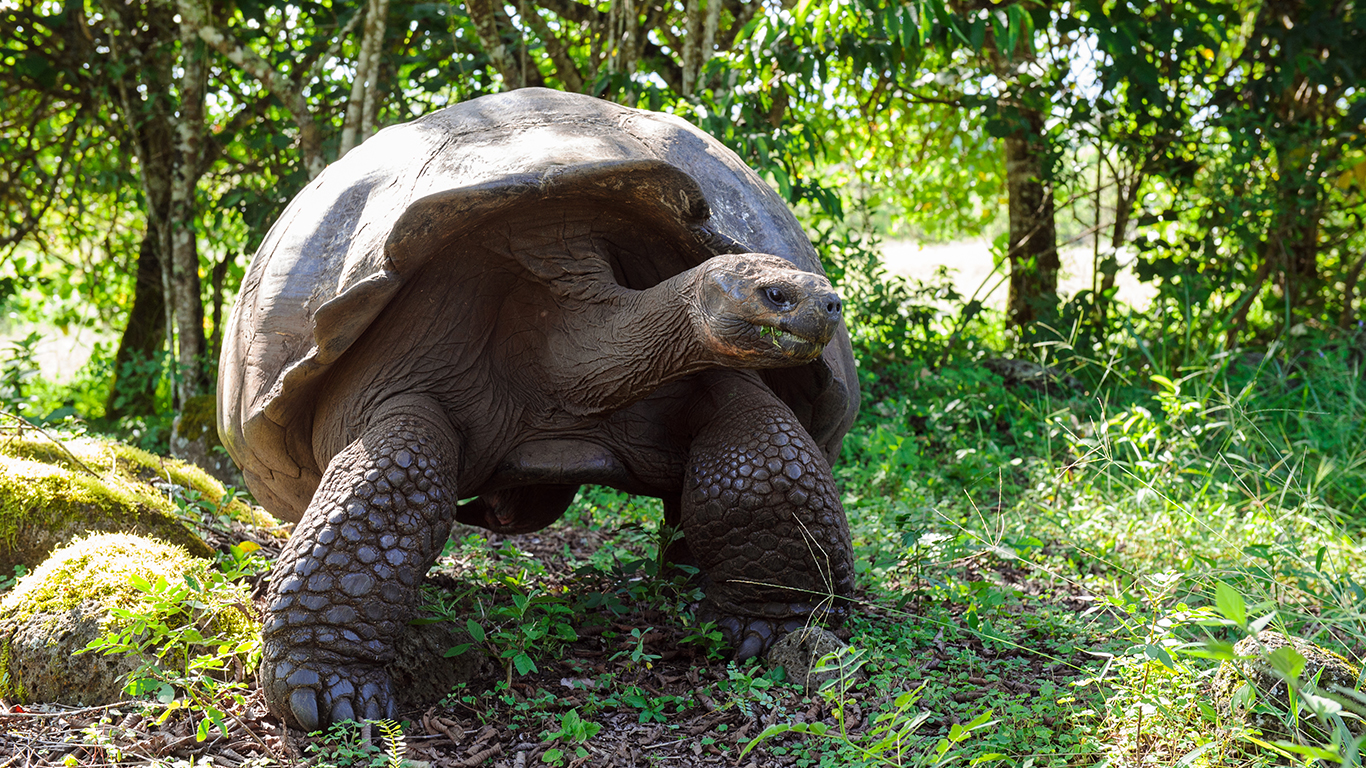How long can a creature on Earth live? Animals living on the land, in the air, and in water can, under the right circumstances, live for many decades or even centuries.
The oldest-documented creature, a clam named Ming the Mollusk, lived for 507 years. Ming was born in 1499, seven years after Christopher Columbus first arrived in North America. We don’t know how much longer Ming would have lived if researchers trying to determine its age in 2006 had not opened the clam and in the process killed it. Ming’s fate is an example of an unfortunate encounter between people and animals — these are animals humans are driving to extinction.
To find the 50 longest living animals in the world, 24/7 Tempo reviewed data in the Human Ageing Genomic Resources database collection — specifically, the AnAge animal longevity database.
Cynthia Kenyon is a biochemist and geneticist working on unlocking the secrets of longevity. At a TED talk in Edinburgh, Scotland, eight years ago, she talked about aging. “There are some animals that don’t seem to age,” said Kenyon. “If you look at birds, which live a long time, cells from the birds tend to be more resistant to a lot of environmental stresses like high temperature, or hydrogen peroxide.”
About three-fourths of the 50 species on our list are either fish or mammals like whales that live in the ocean. Size doesn’t appear to be a factor in how long animals live. Salamanders called olms that weigh less than an ounce can live as long as 102 years. The largest animal on Earth, the blue whale, can live to be up to 110 years. Despite its size, the blue whale is not among the most dangerous mammals on Earth. These are the deadliest mammals in the world.
To identify the longest living animals in the world, 24/7 Tempo reviewed animal aging and longevity data from AnAge, a curated database on animal history, genomes, and longevity records, that is part of the Human Ageing Genomic Resources (HAGR) suite of databases. The longest-living animals were identified by examining their maximum longevity, supplemented by our analysis of specimen, kingdom, and genus. Only organisms from the Kingdom Animalia were included. Animals from the phylum Porifera, such as sponges, were excluded. Average adult weight of each organism that were not provided by AnAge were confirmed by a variety of internet sources. Only animals considered to have an acceptable data quality or higher by AnAge were included.
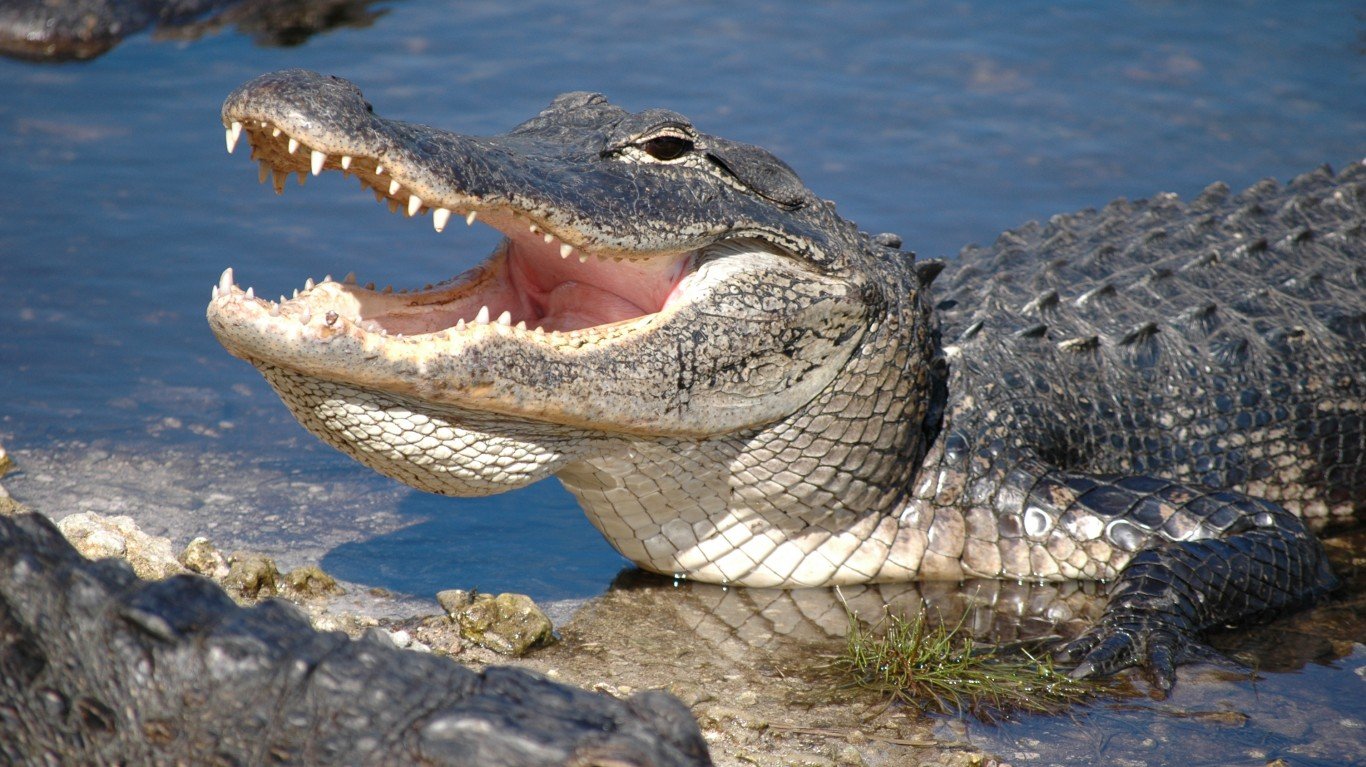
50. American alligator
> Oldest recorded: 77 years
> Average adult weight: 330.7 lbs.
> Habitat: Southern United States
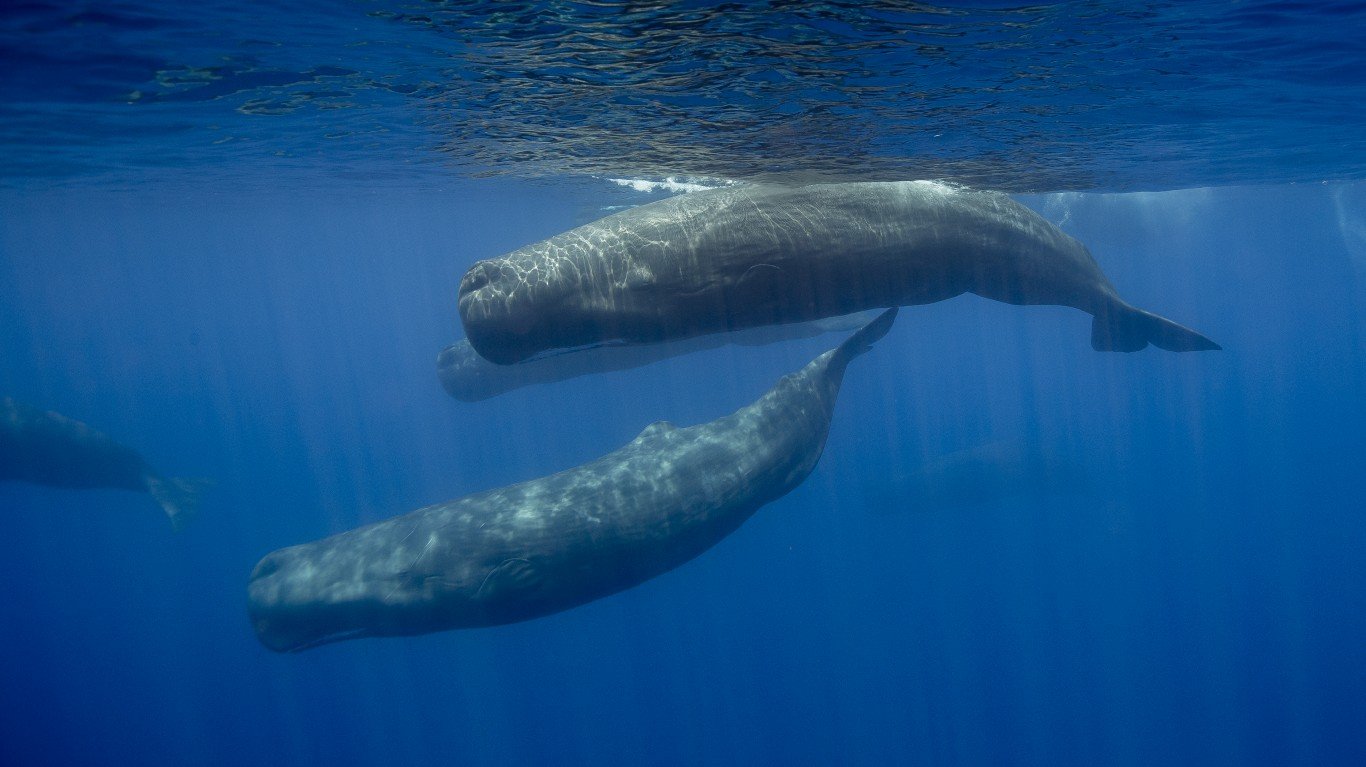
49. Sperm whale
> Oldest recorded: 77 years
> Average adult weight: 62,831.7 lbs.
> Habitat: All major ocean basins
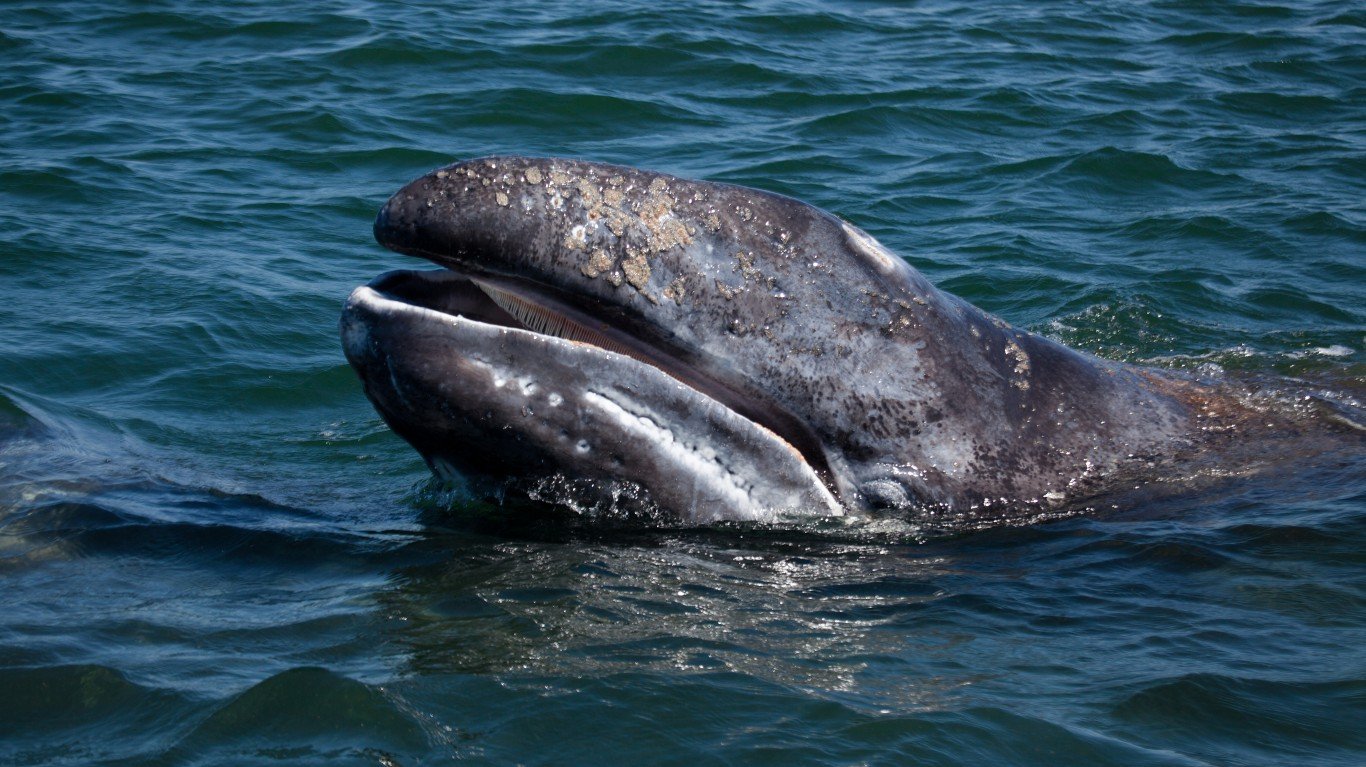
48. Gray whale
> Oldest recorded: 77 years
> Average adult weight: 62,831.7 lbs.
> Habitat: Northern Pacific Ocean
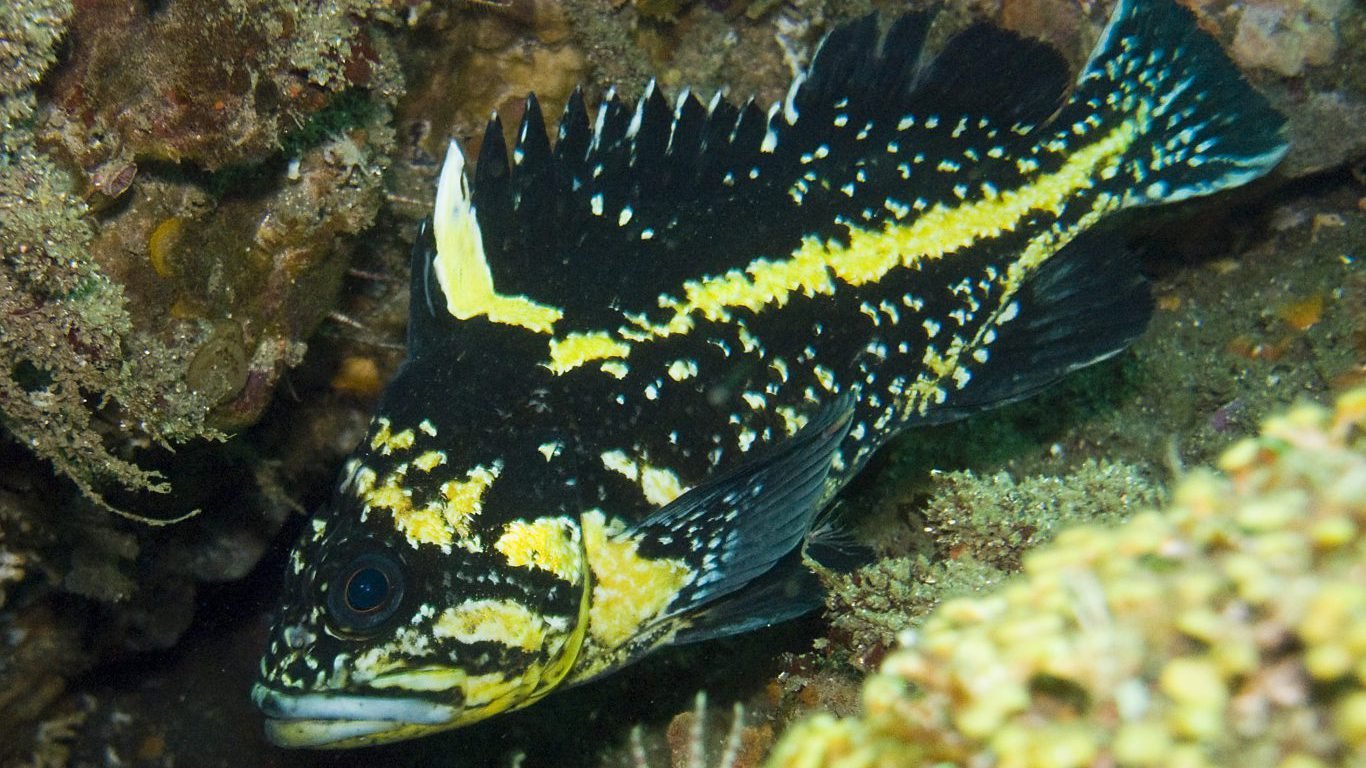
47. China rockfish
> Oldest recorded: 79 years
> Average adult weight: 2.0 lbs.
> Habitat: Northern Pacific Ocean
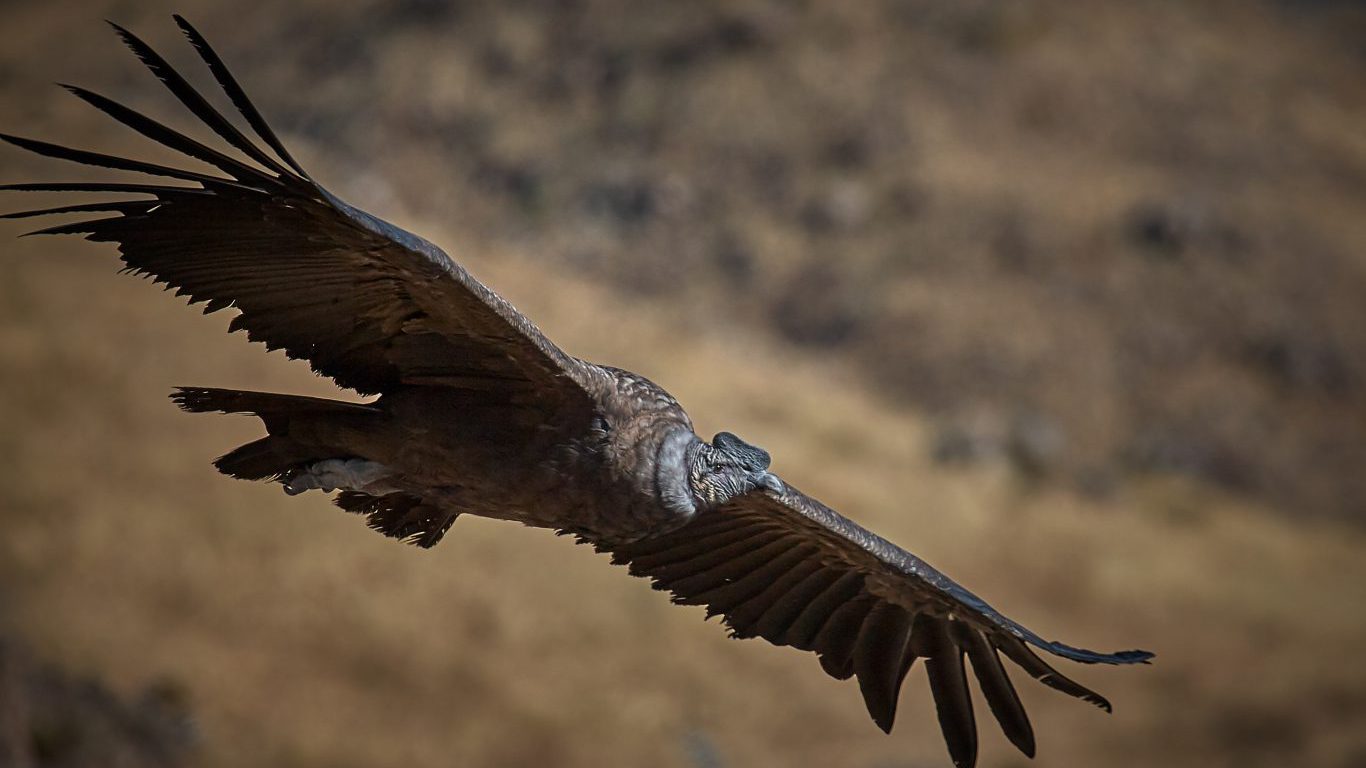
46. Andean condor
> Oldest recorded: 79 years
> Average adult weight: 23.1 lbs.
> Habitat: Pacific Coast of South America
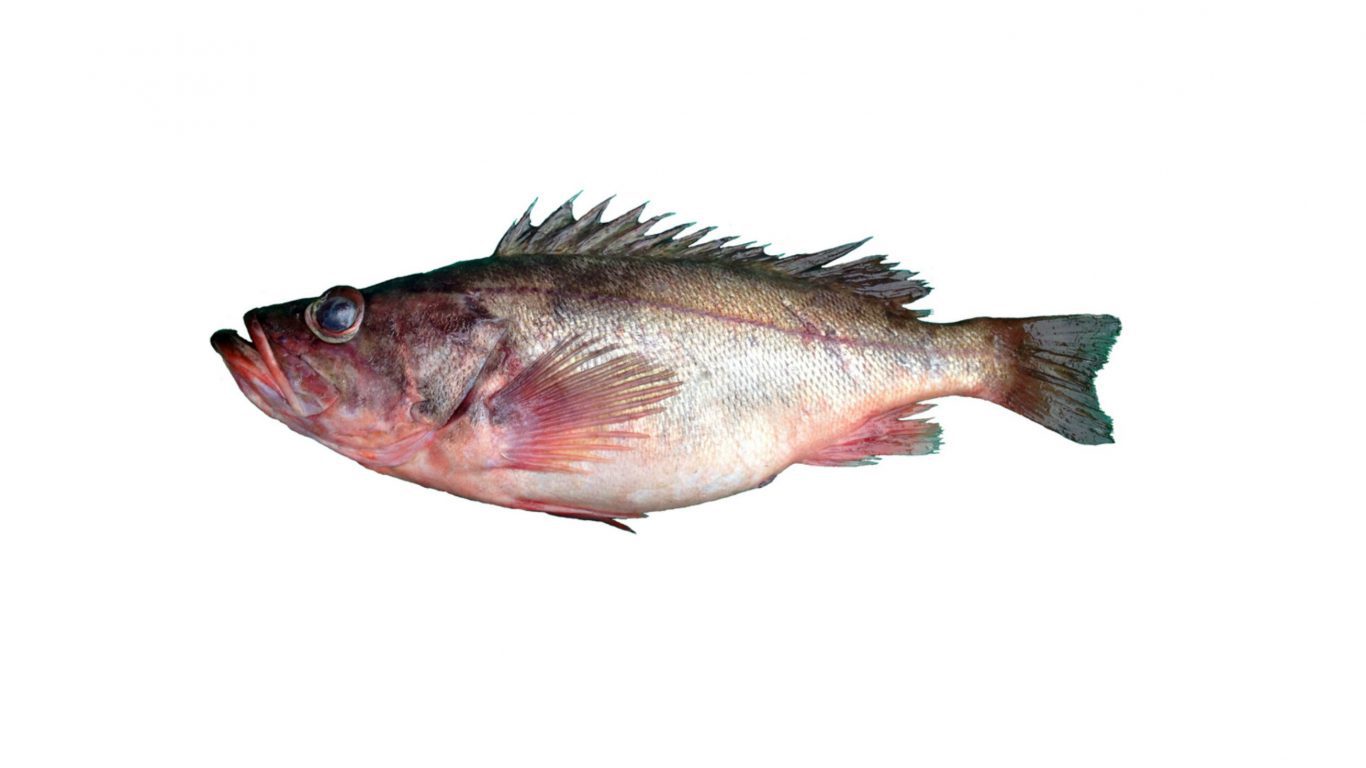
45. Silvergray rockfish
> Oldest recorded: 82 years
> Average adult weight: 5.7 lbs.
> Habitat: Northern Pacific Ocean
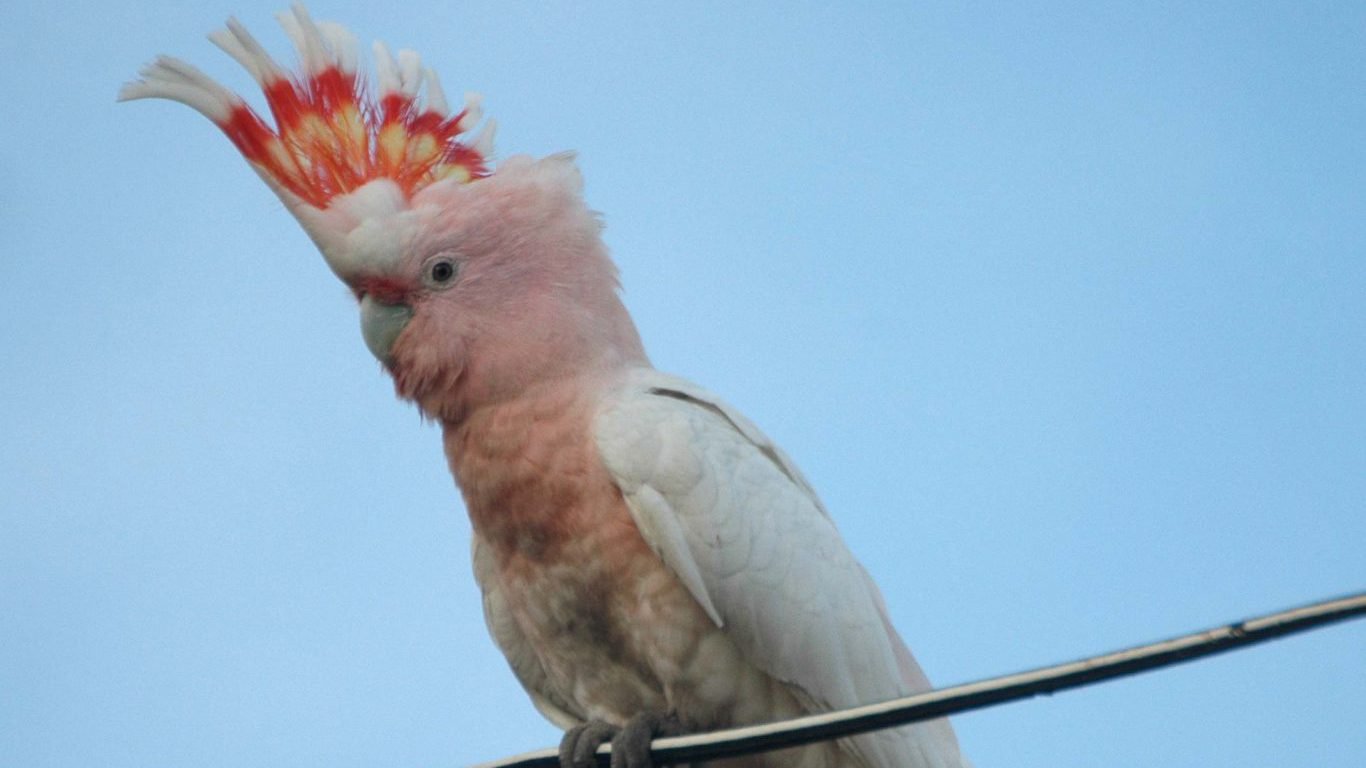
44. Pink cockatoo
> Oldest recorded: 83 years
> Average adult weight: 0.9 lbs.
> Habitat: Australia
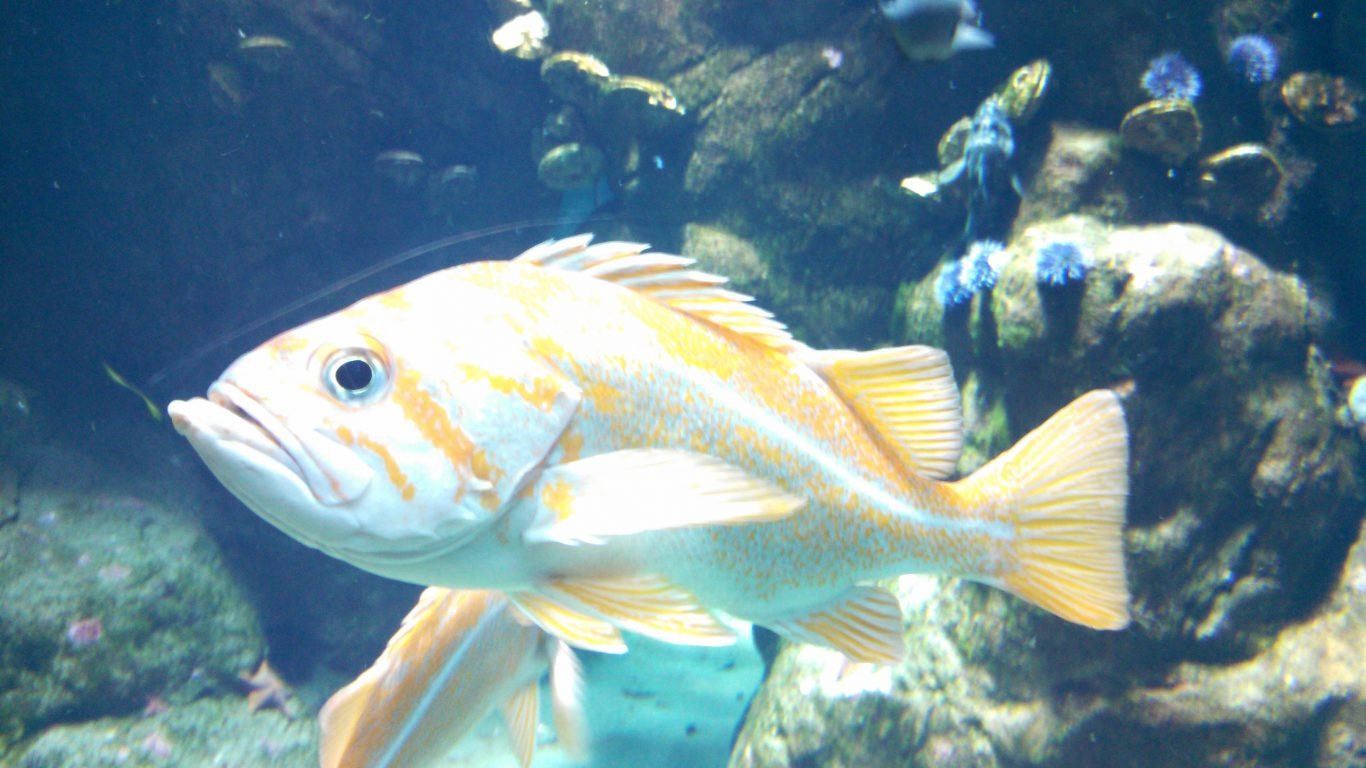
43. Canary rockfish
> Oldest recorded: 84 years
> Average adult weight: 5.5 lbs.
> Habitat: Northern Pacific Ocean
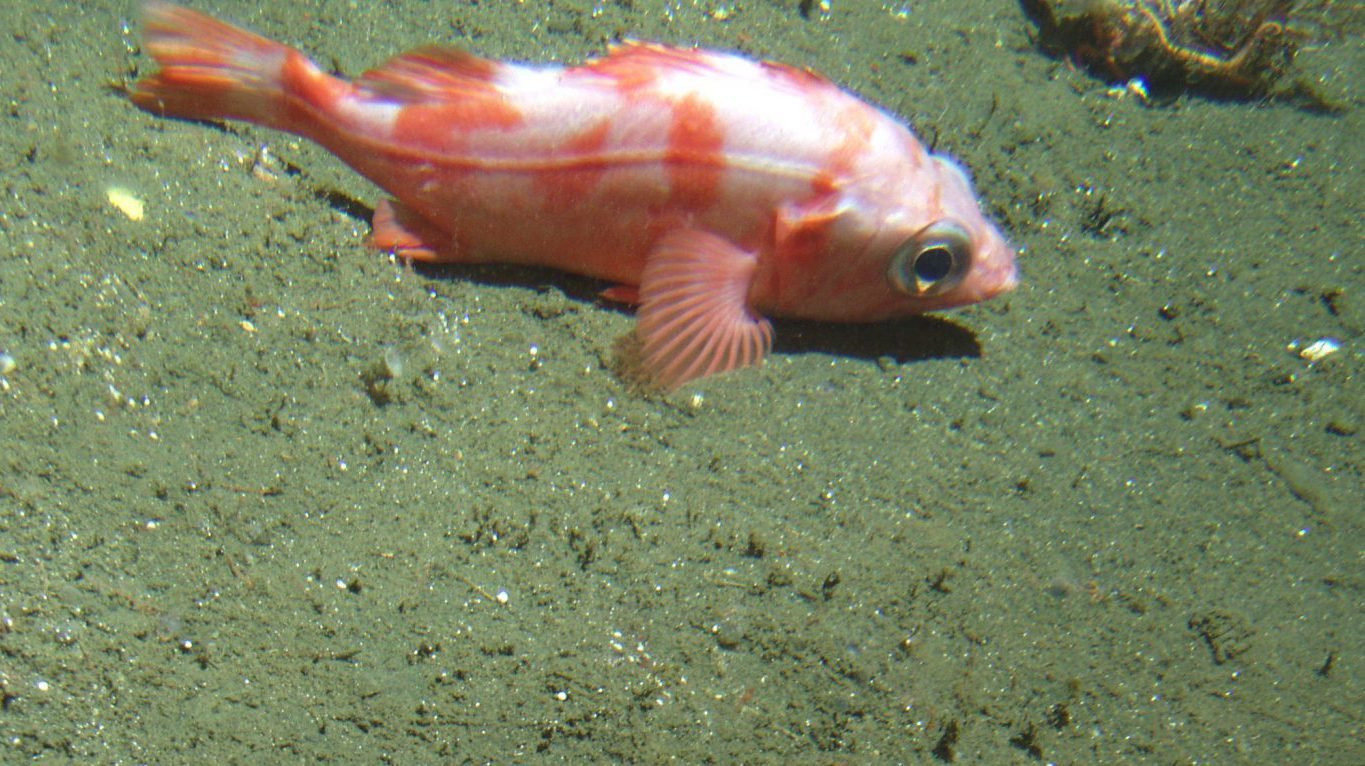
42. Splitnose rockfish
> Oldest recorded: 84 years
> Average adult weight: 1.0 lbs.
> Habitat: Northern Pacific Ocean
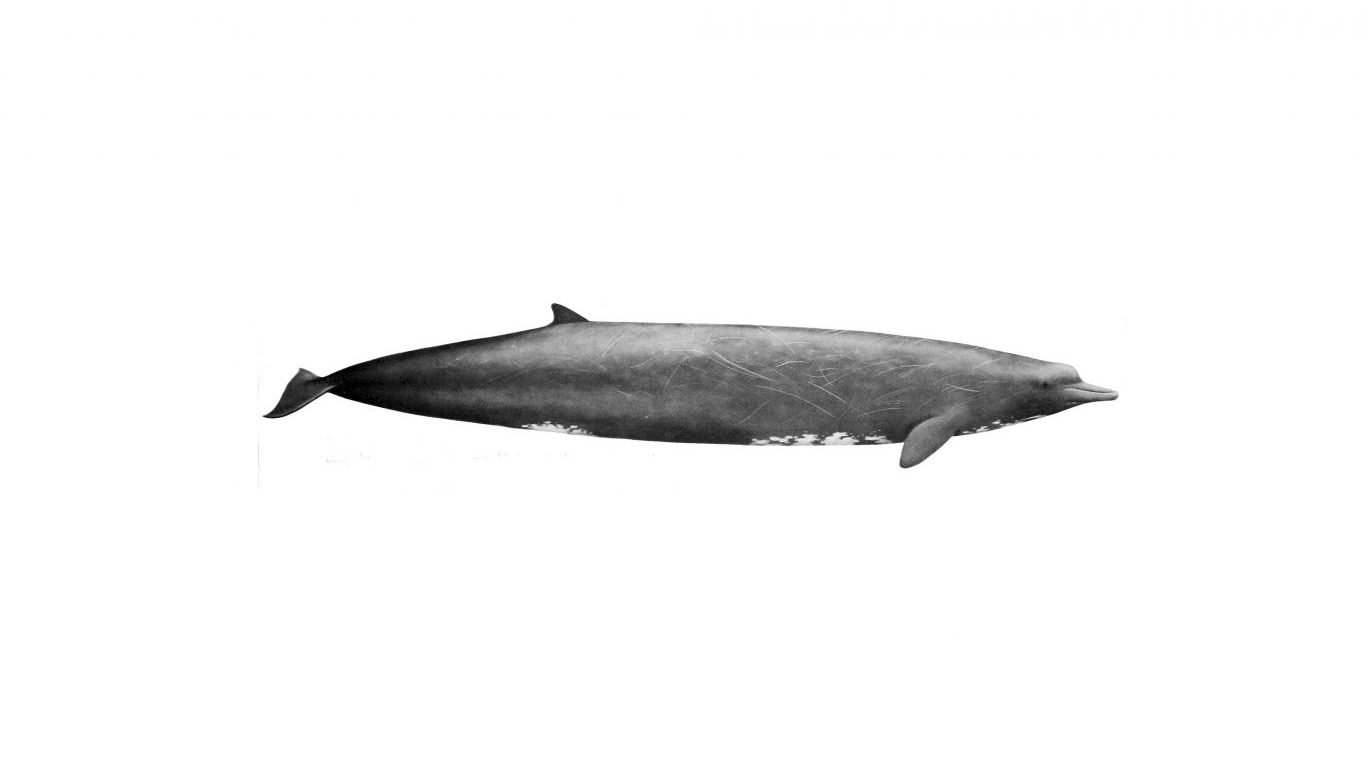
41. Baird’s beaked whale
> Oldest recorded: 84 years
> Average adult weight: 25,088.6 lbs.
> Habitat: Northern Pacific Ocean
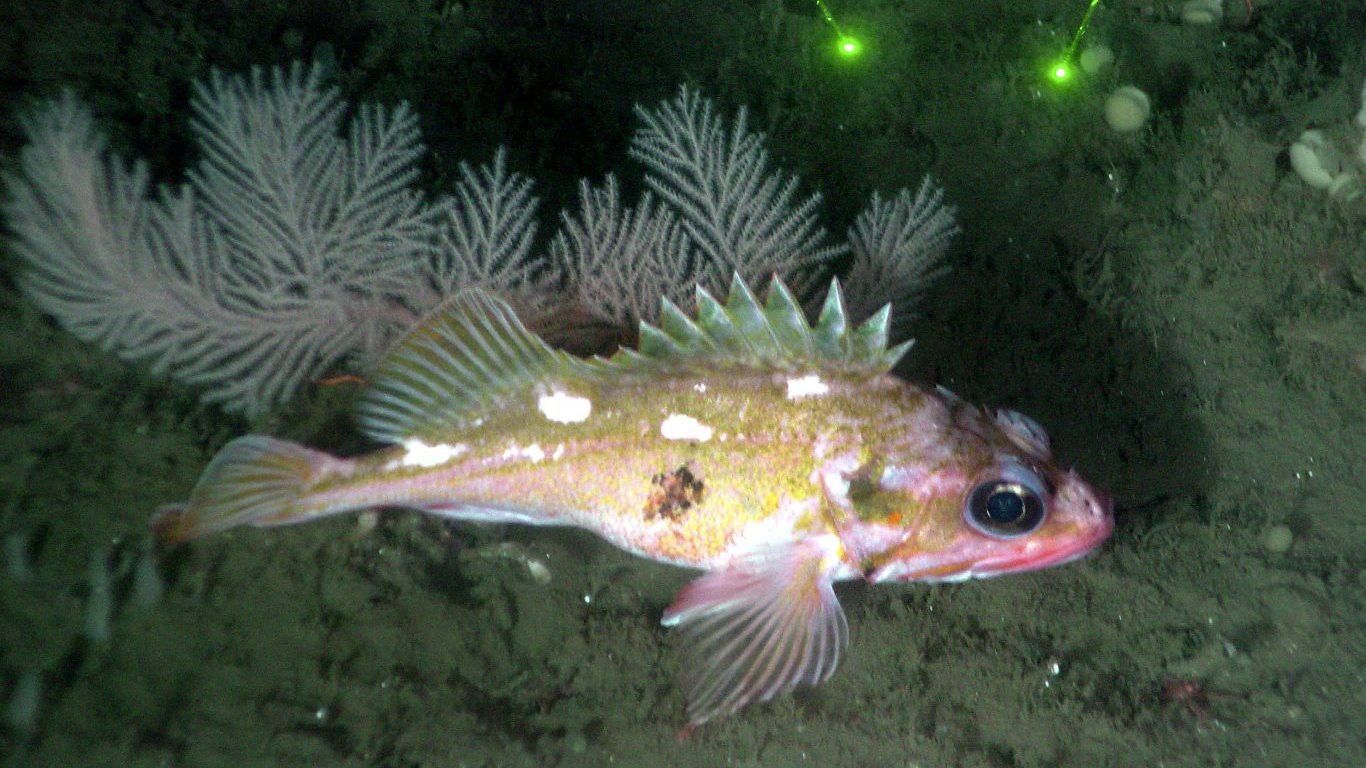
40. Rosethorn rockfish
> Oldest recorded: 87 years
> Average adult weight: 3.3 lbs.
> Habitat: Northern Pacific Ocean
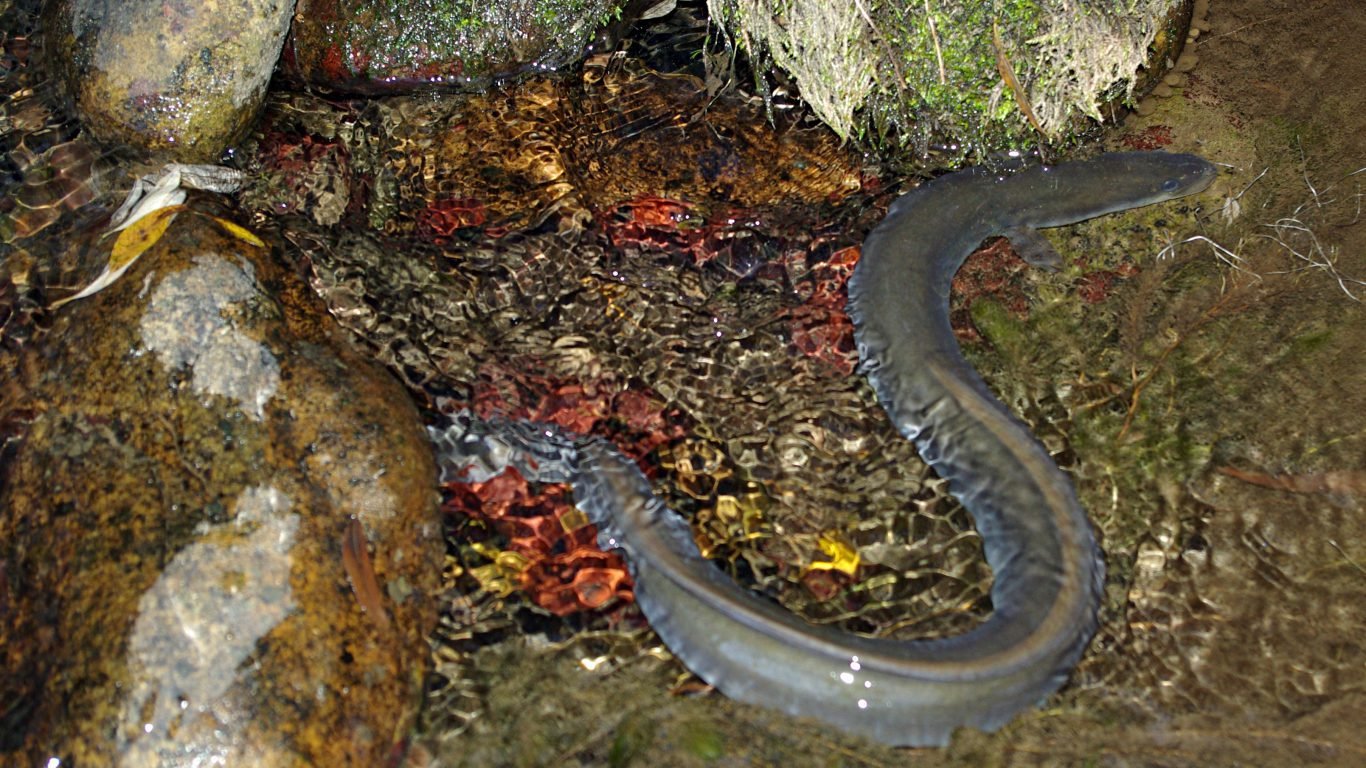
39. European eel
> Oldest recorded: 88 years
> Average adult weight: 8.0 lbs.
> Habitat: All over European Continent
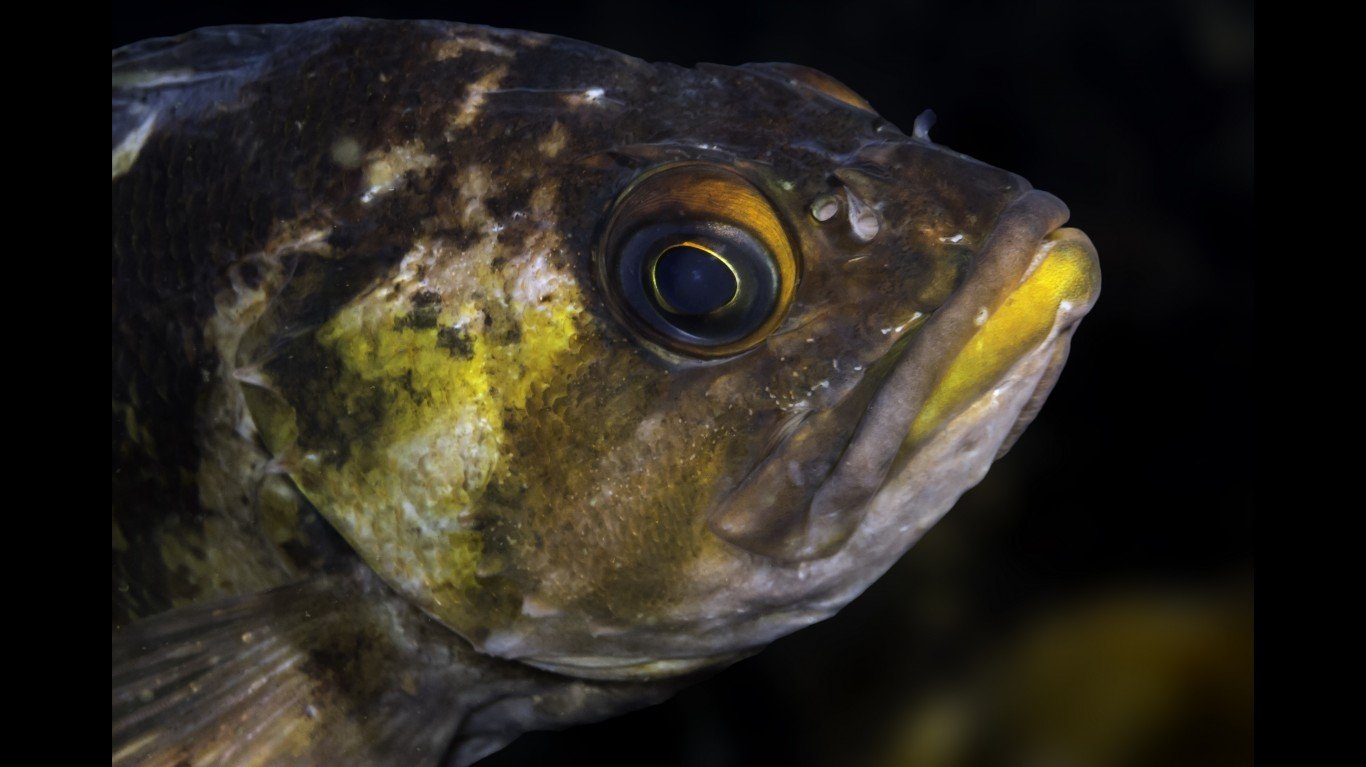
38. Quillback rockfish
> Oldest recorded: 90 years
> Average adult weight: 4.0 lbs.
> Habitat: Northern Pacific Ocean
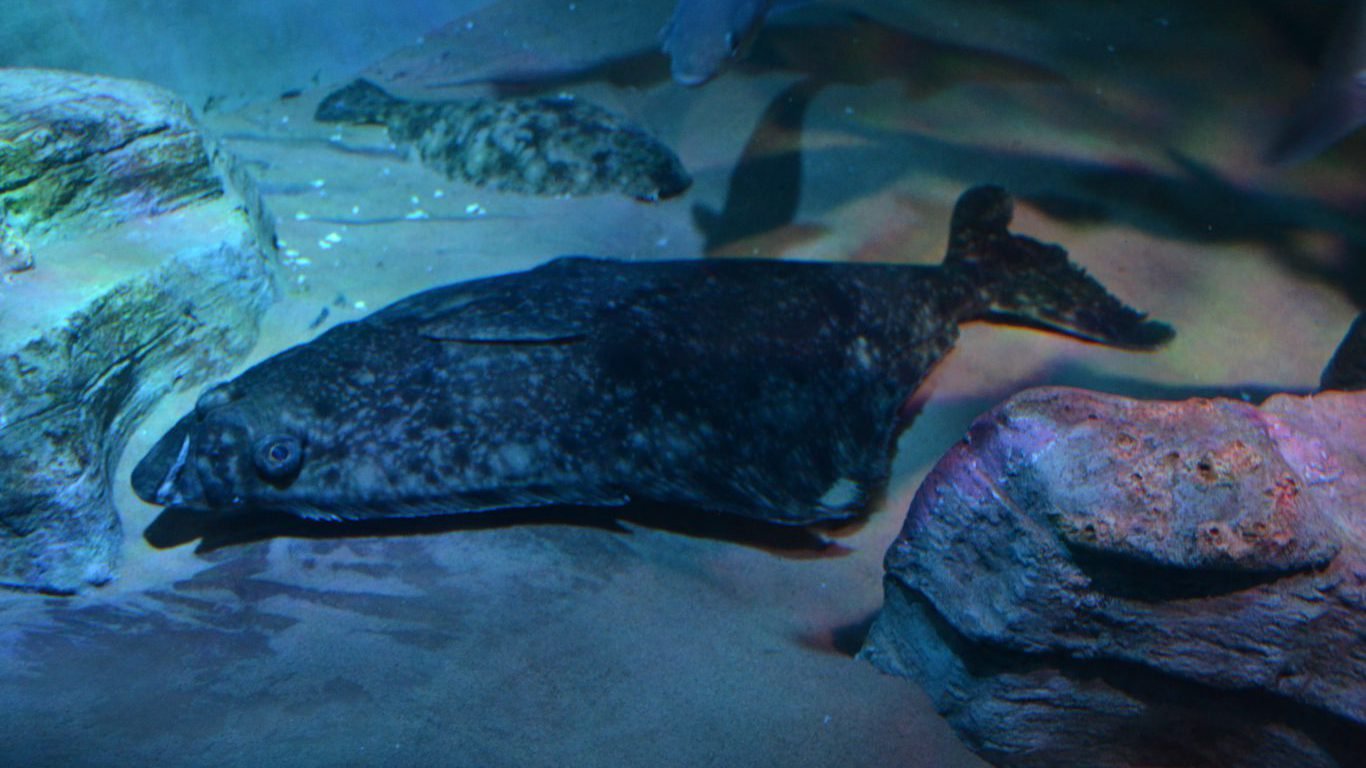
37. Atlantic halibut
> Oldest recorded: 90 years
> Average adult weight: 388.0 lbs.
> Habitat: Northern Atlantic Ocean
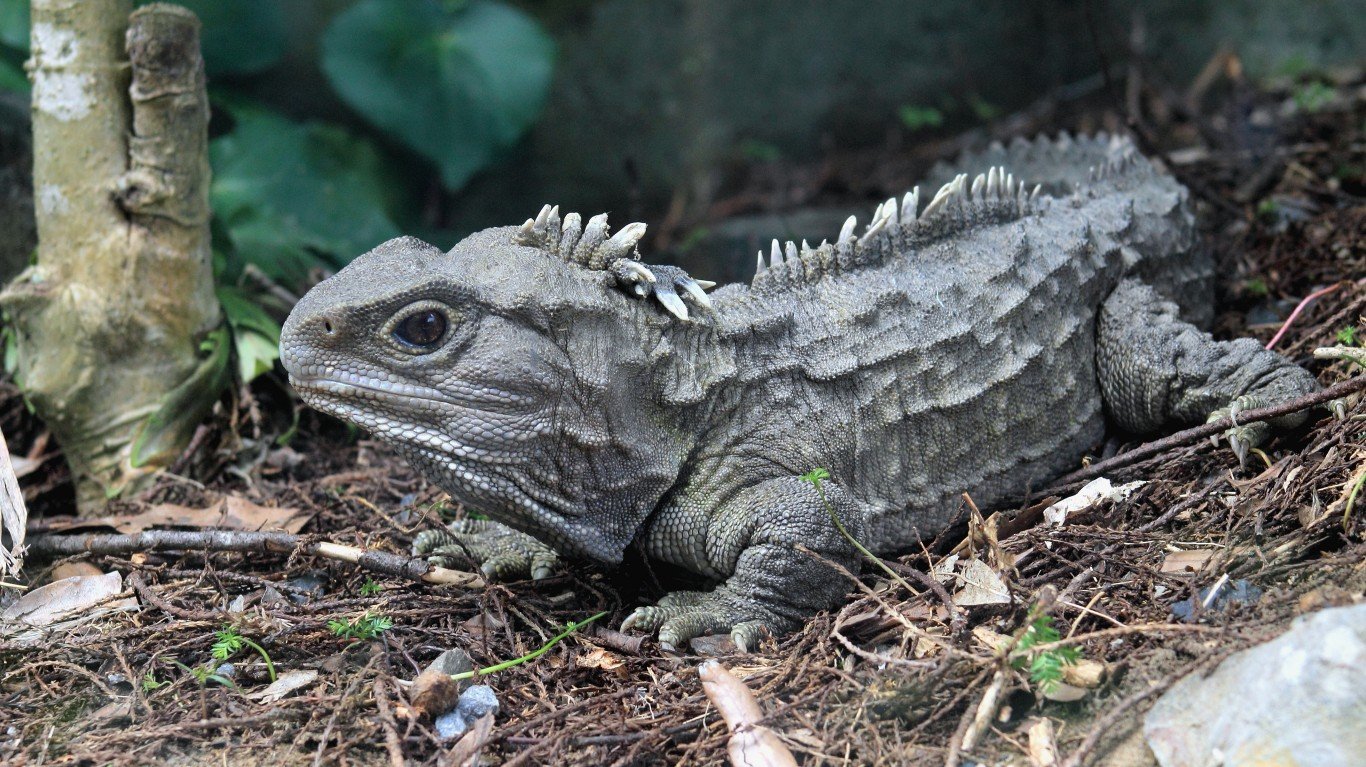
36. Tuatara
> Oldest recorded: 90 years
> Average adult weight: 0.9 lbs.
> Habitat: Off the coast of New Zealand
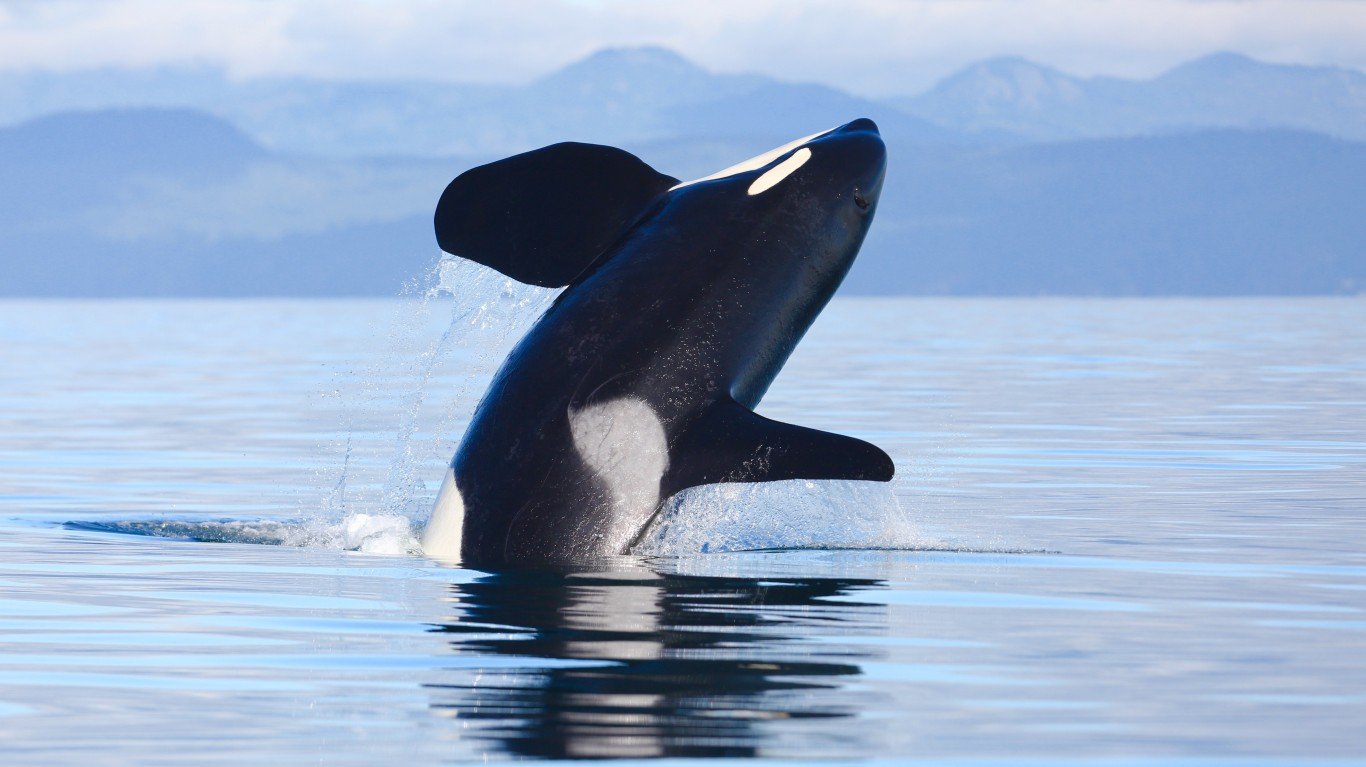
35. Killer whale
> Oldest recorded: 90 years
> Average adult weight: 8,790.9 lbs.
> Habitat: All major ocean basins
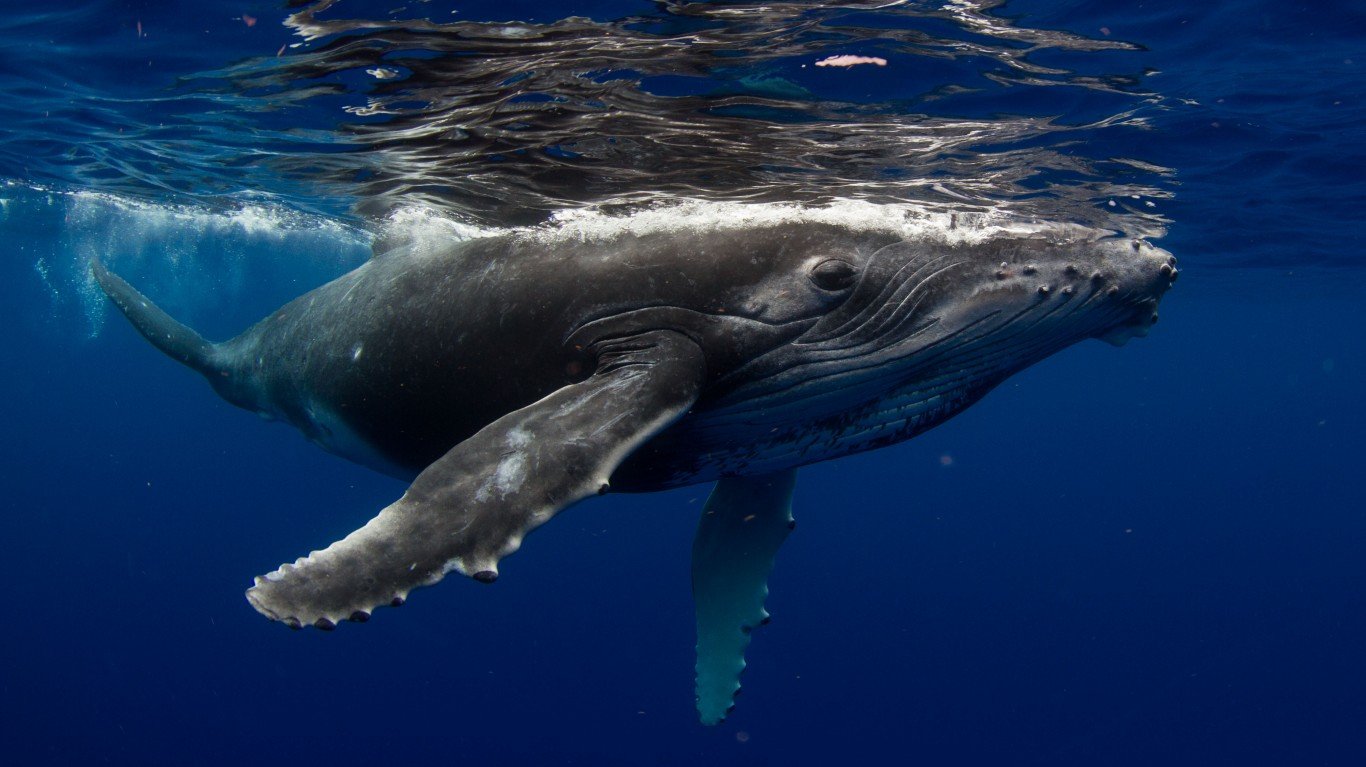
34. Humpback whale
> Oldest recorded: 95 years
> Average adult weight: 66,138.7 lbs.
> Habitat: All major ocean basins
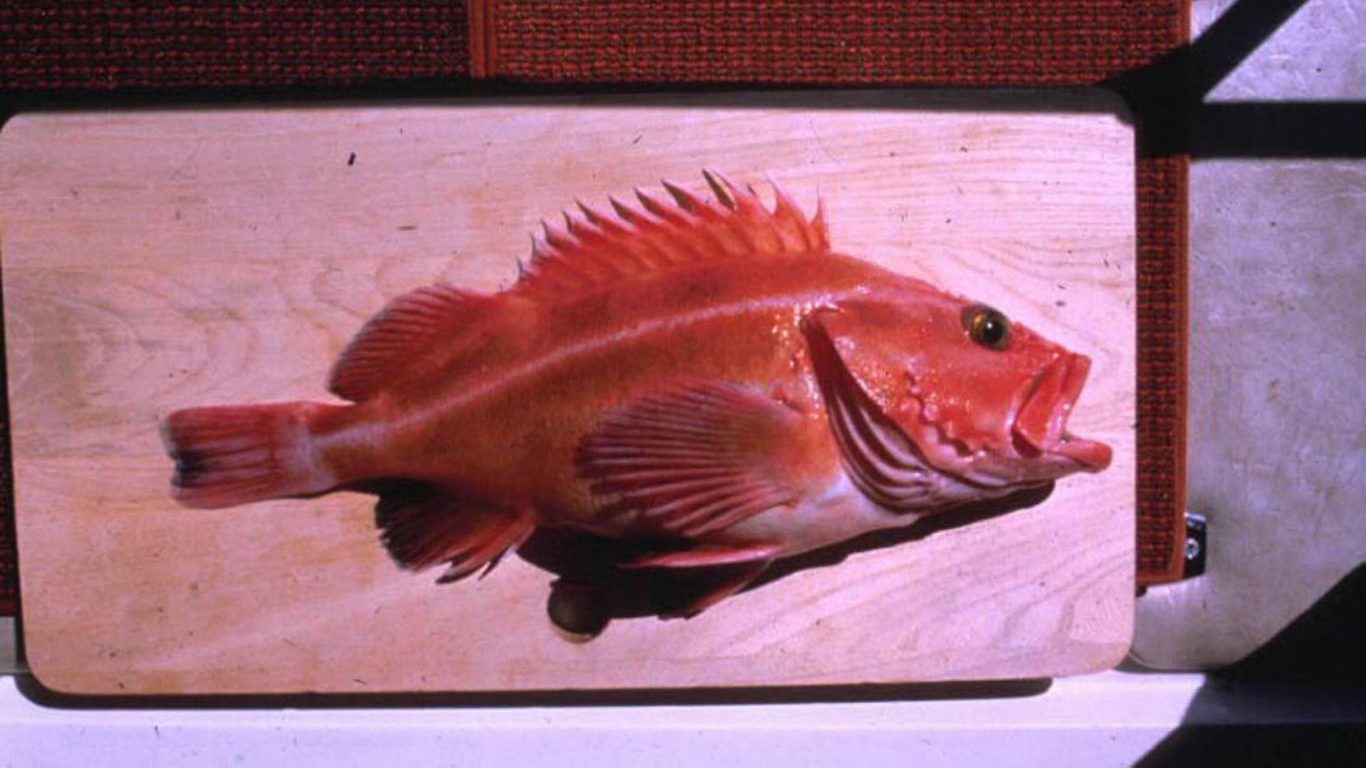
33. Yellowmouth rockfish
> Oldest recorded: 99 years
> Average adult weight: 3.2 lbs.
> Habitat: Northern Pacific Ocean
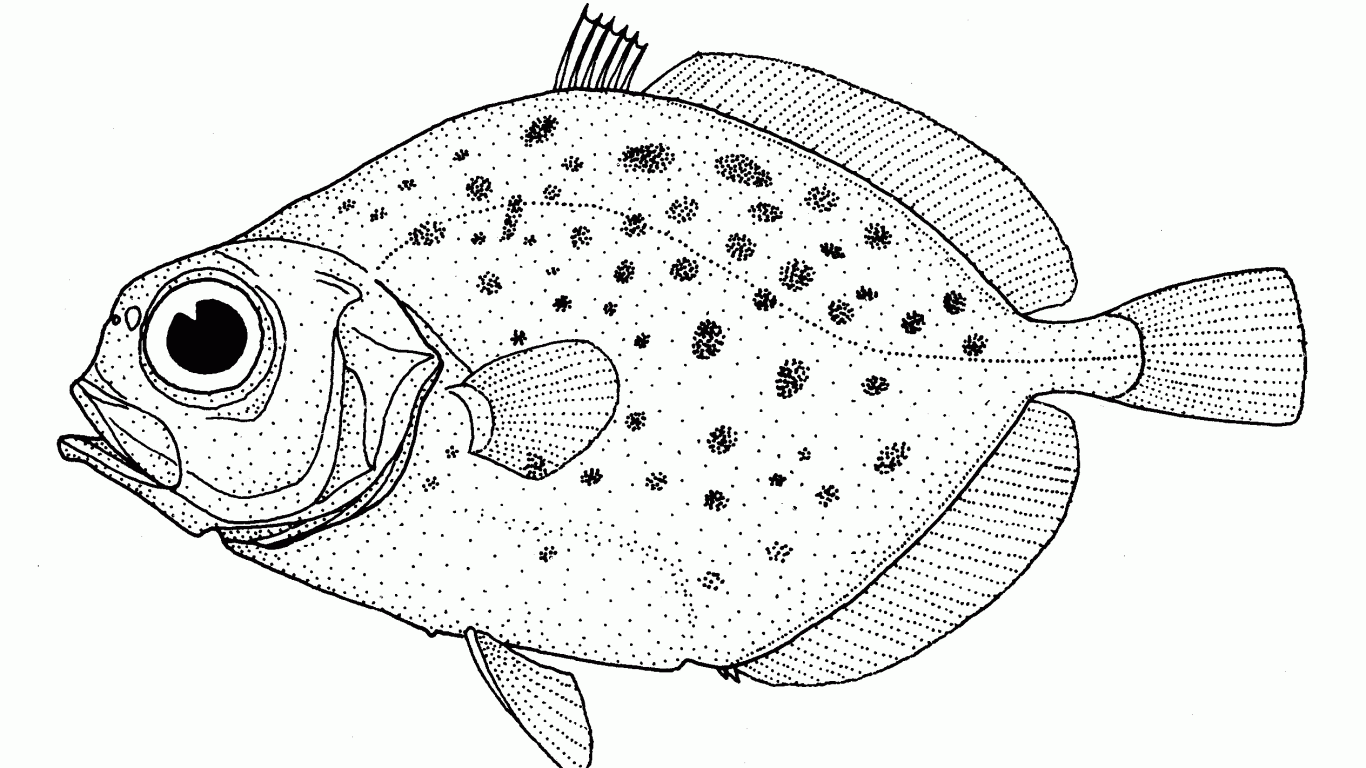
32. Smooth oreo
> Oldest recorded: 100 years
> Average adult weight: 6.1 lbs.
> Habitat: Off the coast of Australia and South America
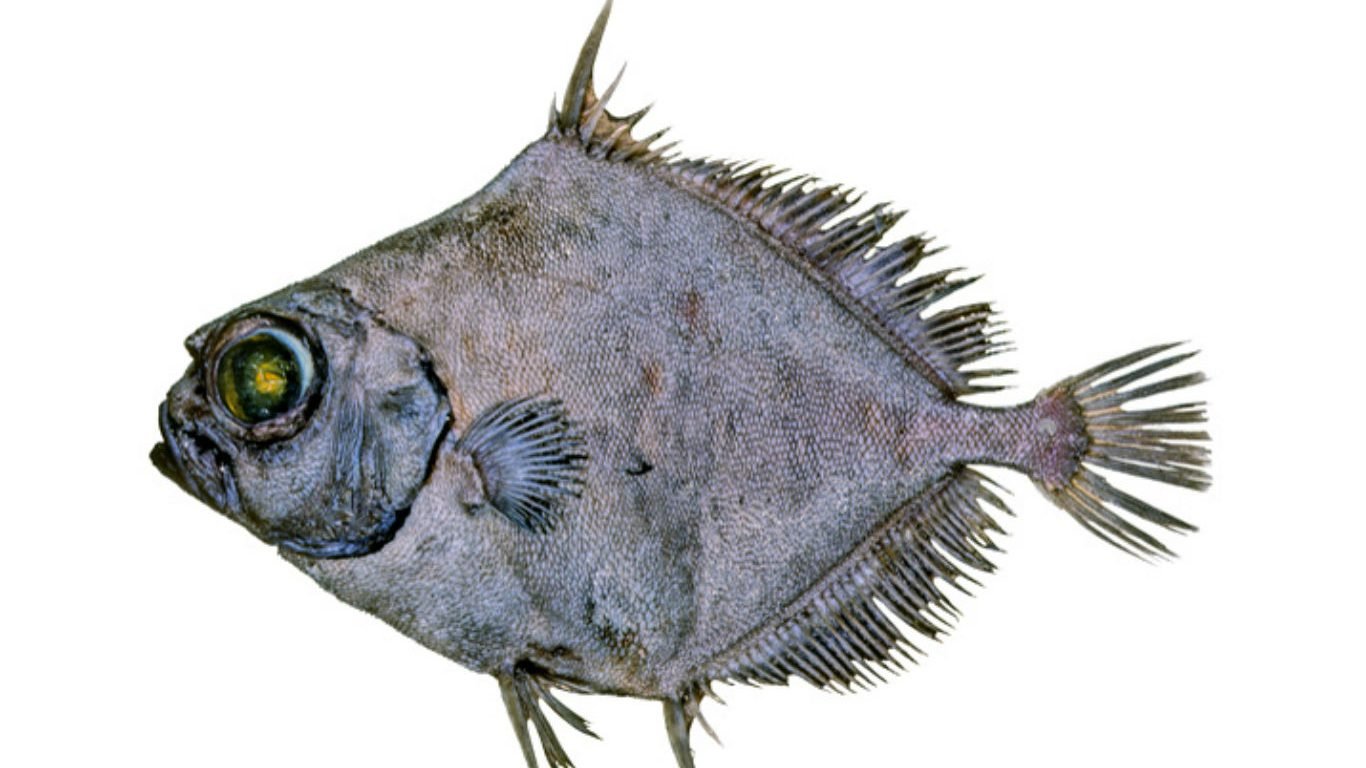
31. Spiky oreo
> Oldest recorded: 100 years
> Average adult weight: 2.4 lbs.
> Habitat: Southeast Atlantic Ocean
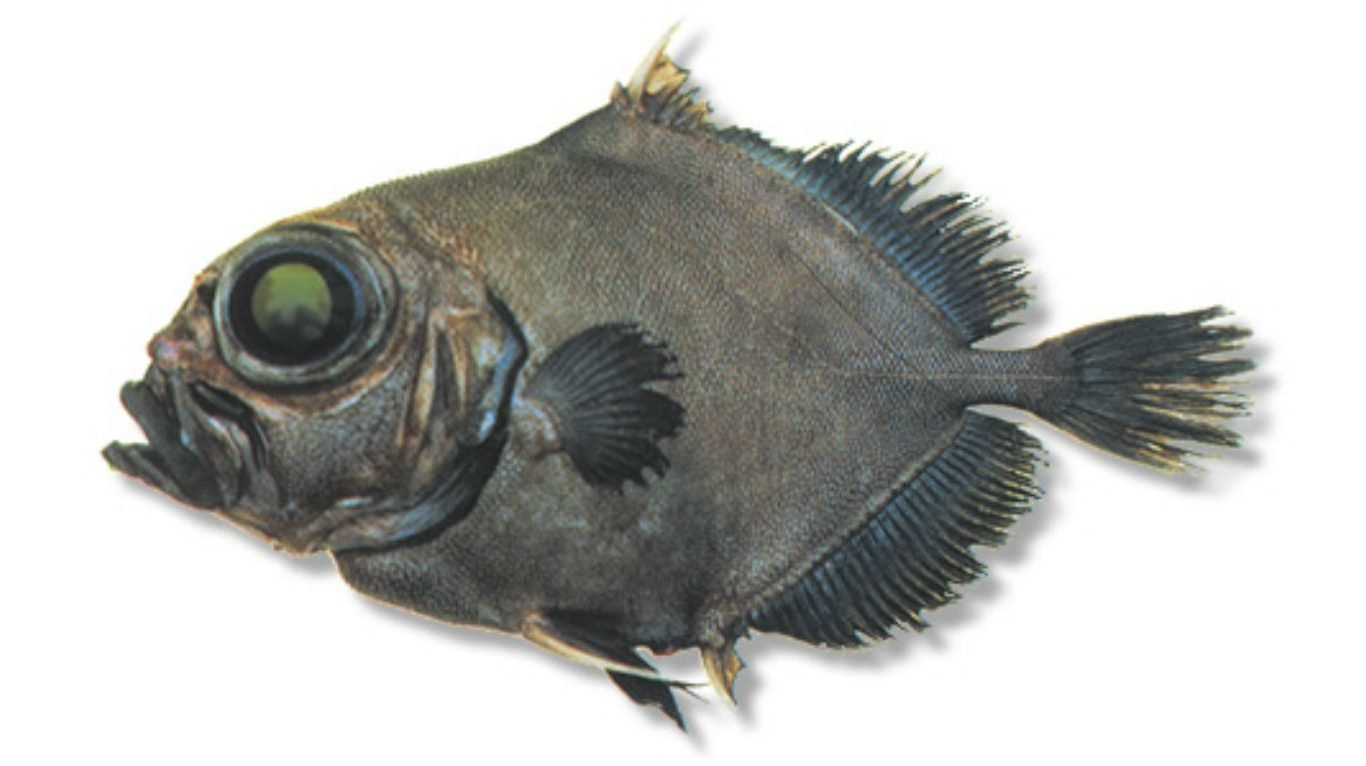
30. Black oreo
> Oldest recorded: 100 years
> Average adult weight: 1.8 lbs.
> Habitat: Off the coast of Australia and New Zealand
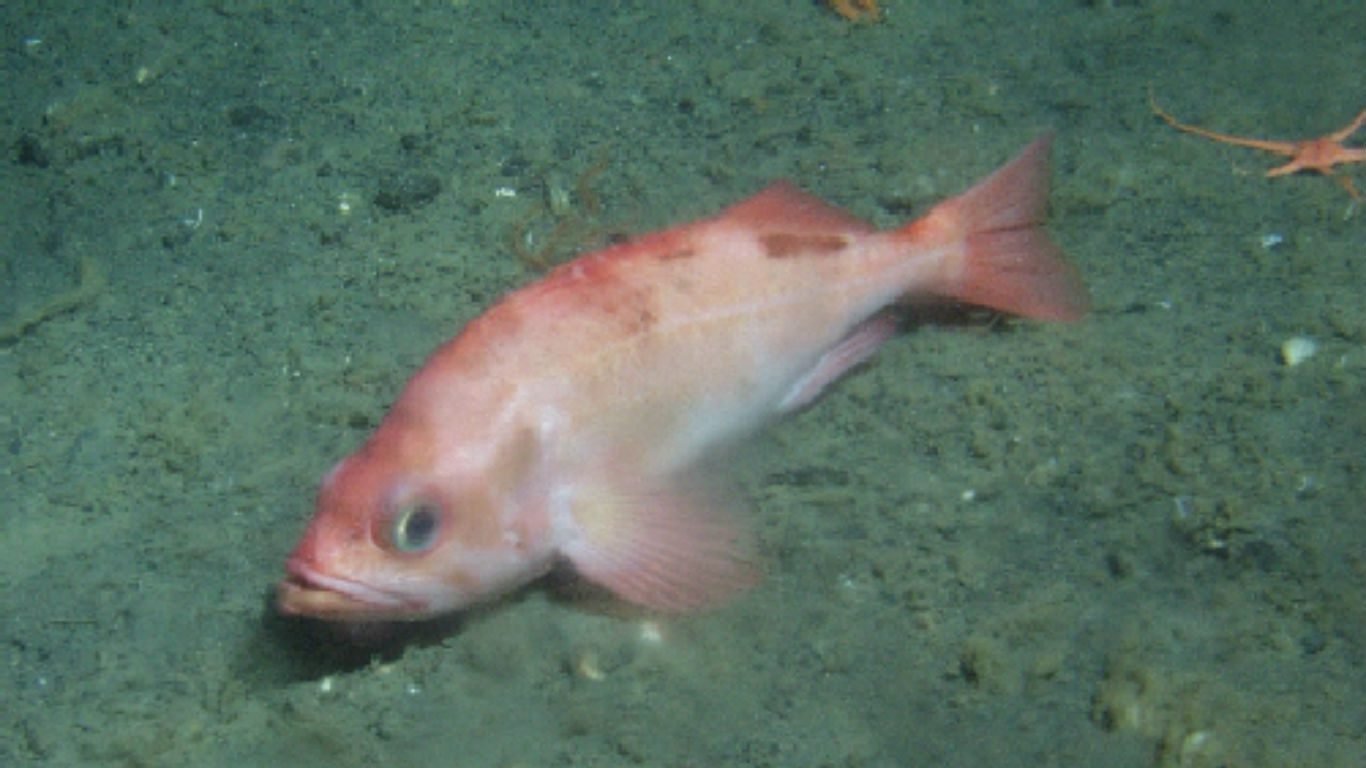
29. Pacific ocean perch
> Oldest recorded: 100 years
> Average adult weight: 1.7 lbs.
> Habitat: Northern Pacific Ocean
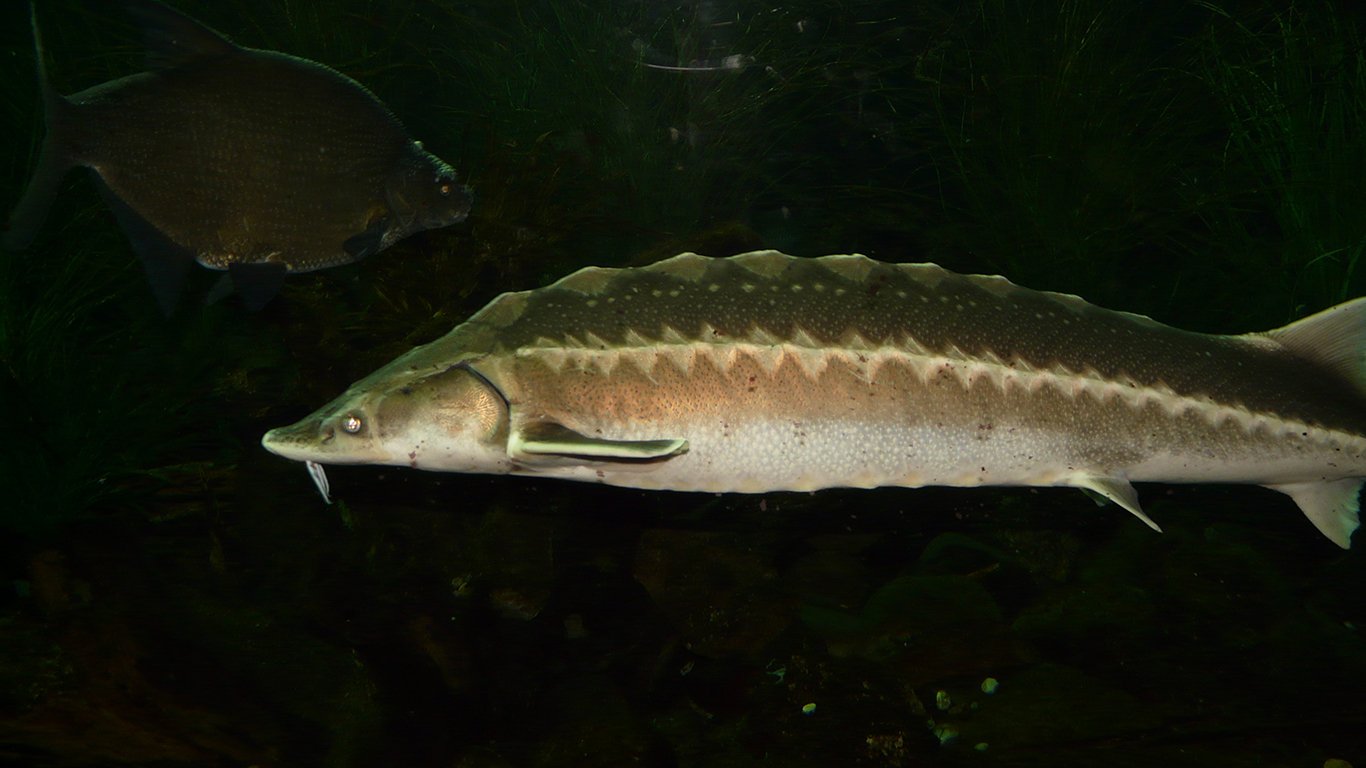
28. European sturgeon
> Oldest recorded: 100 years
> Average adult weight: 485.0 lbs.
> Habitat: Southern Europe
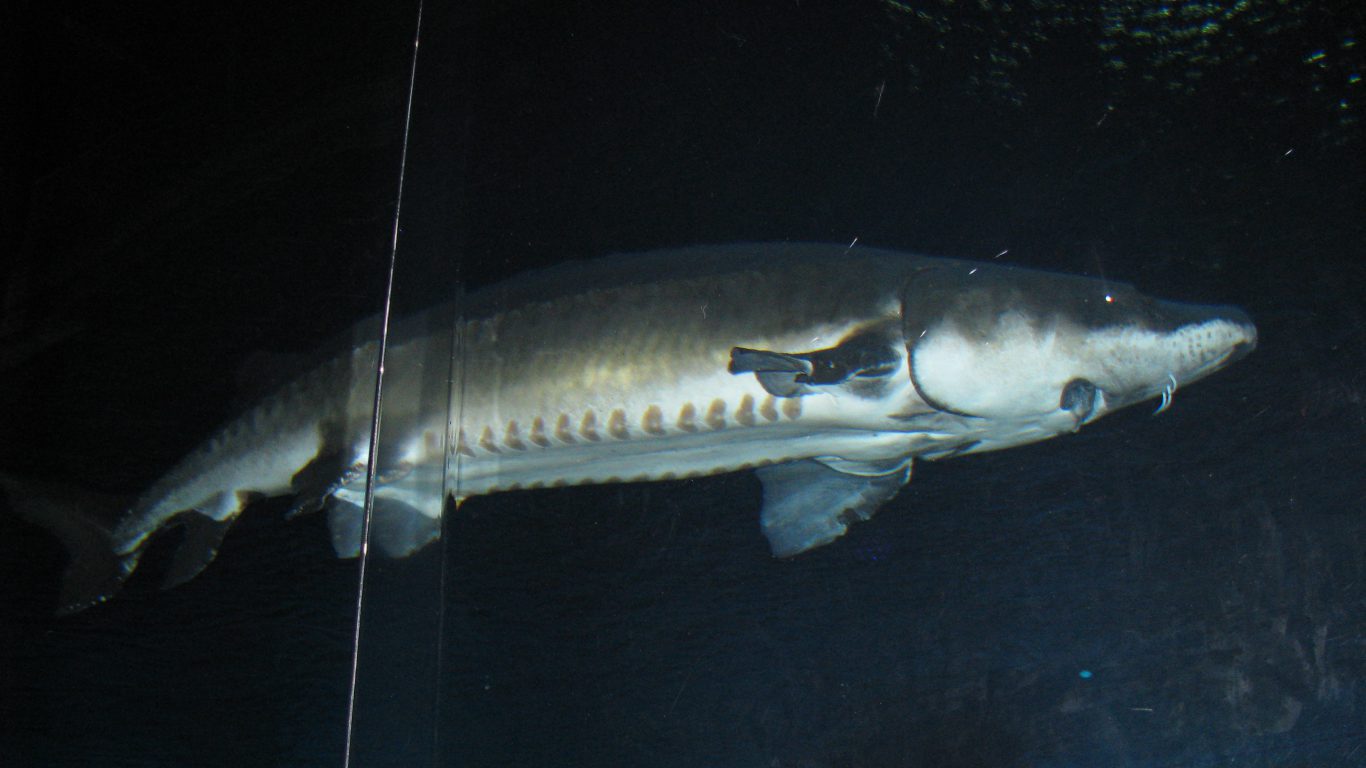
27. Yangtze sturgeon
> Oldest recorded: 100 years
> Average adult weight: 331.0 lbs.
> Habitat: Yangtze River, China and Korean Peninsula
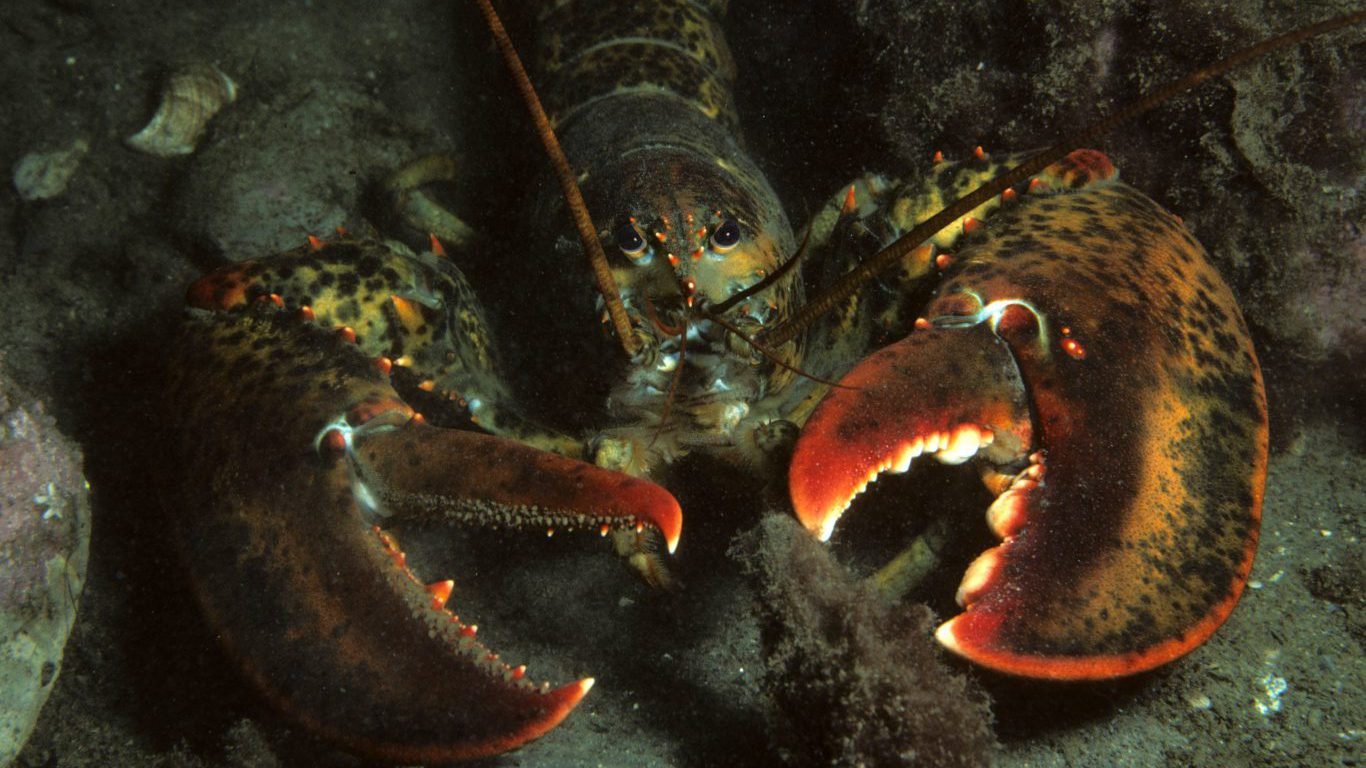
26. American lobster
> Oldest recorded: 100 years
> Average adult weight: 3.5 lbs.
> Habitat: Northern Atlantic Ocean
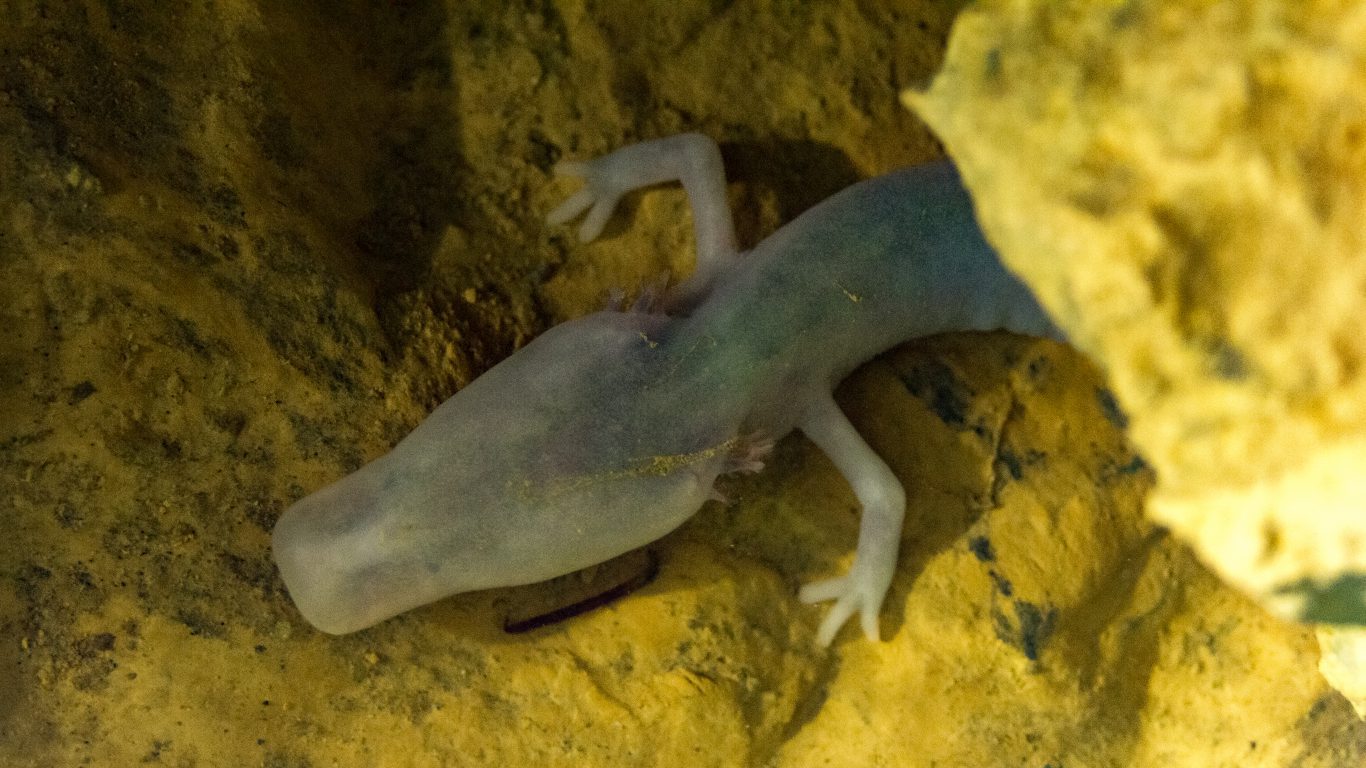
25. Olm
> Oldest recorded: 102 years
> Average adult weight: 17 grams
> Habitat: Southern Europe
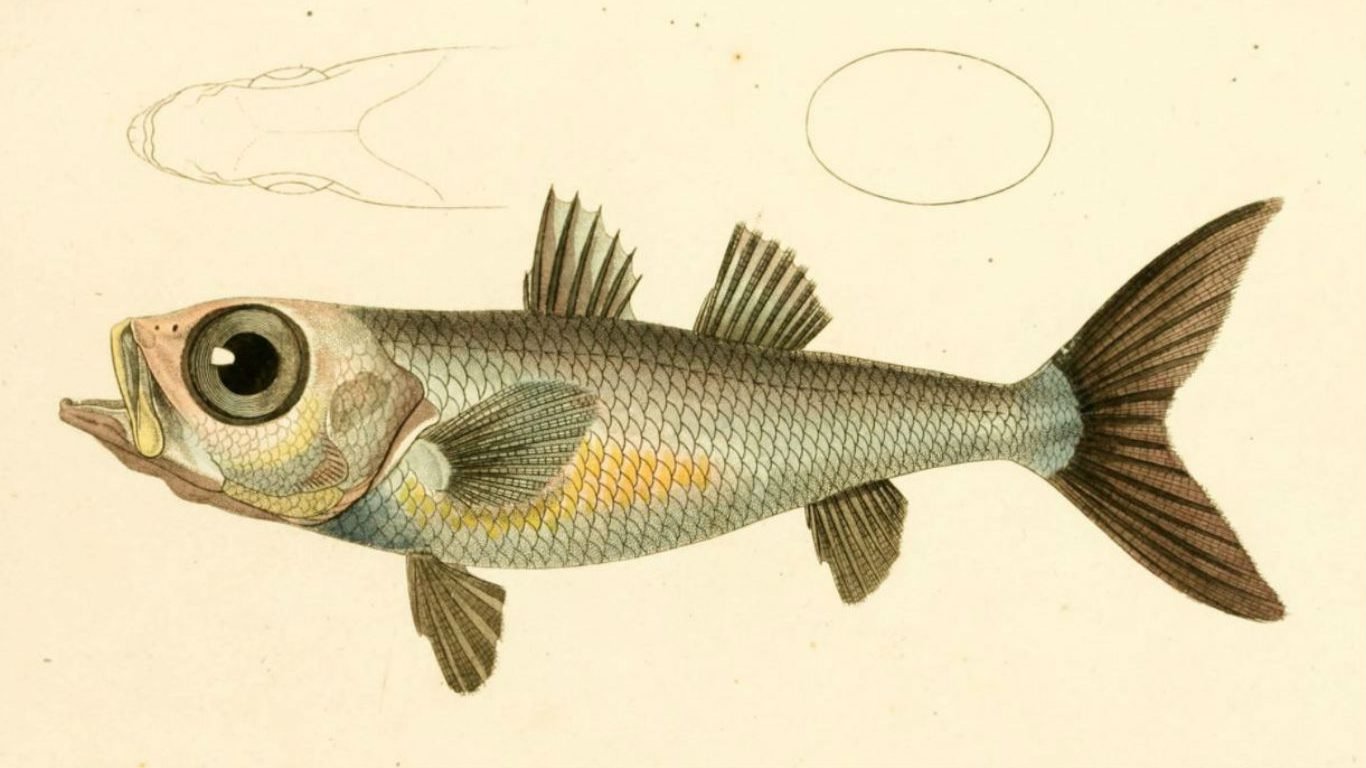
24. Telescope cardinal
> Oldest recorded: 104 years
> Average adult weight: 0.1 lbs.
> Habitat: North America
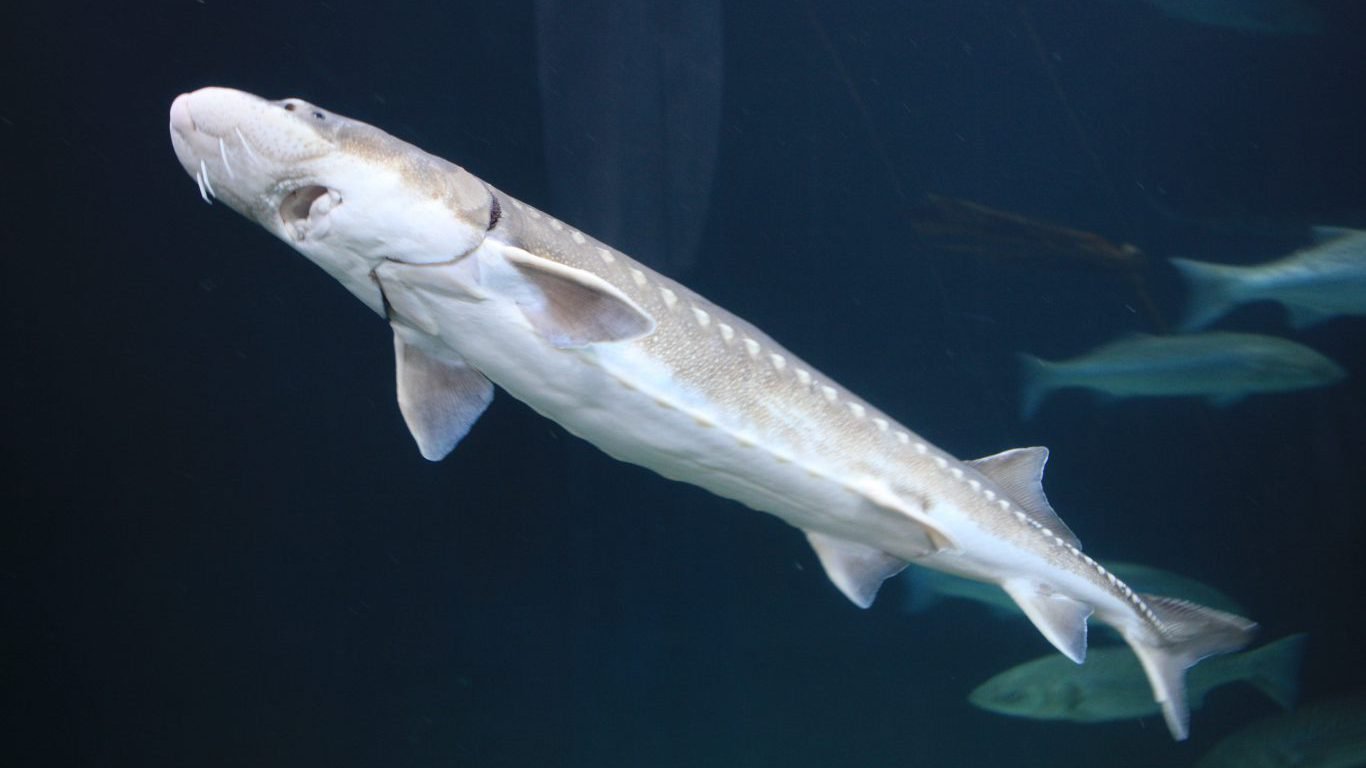
23. White sturgeon
> Oldest recorded: 104 years
> Average adult weight: 989.4 lbs.
> Habitat: Norwest Coast of North America
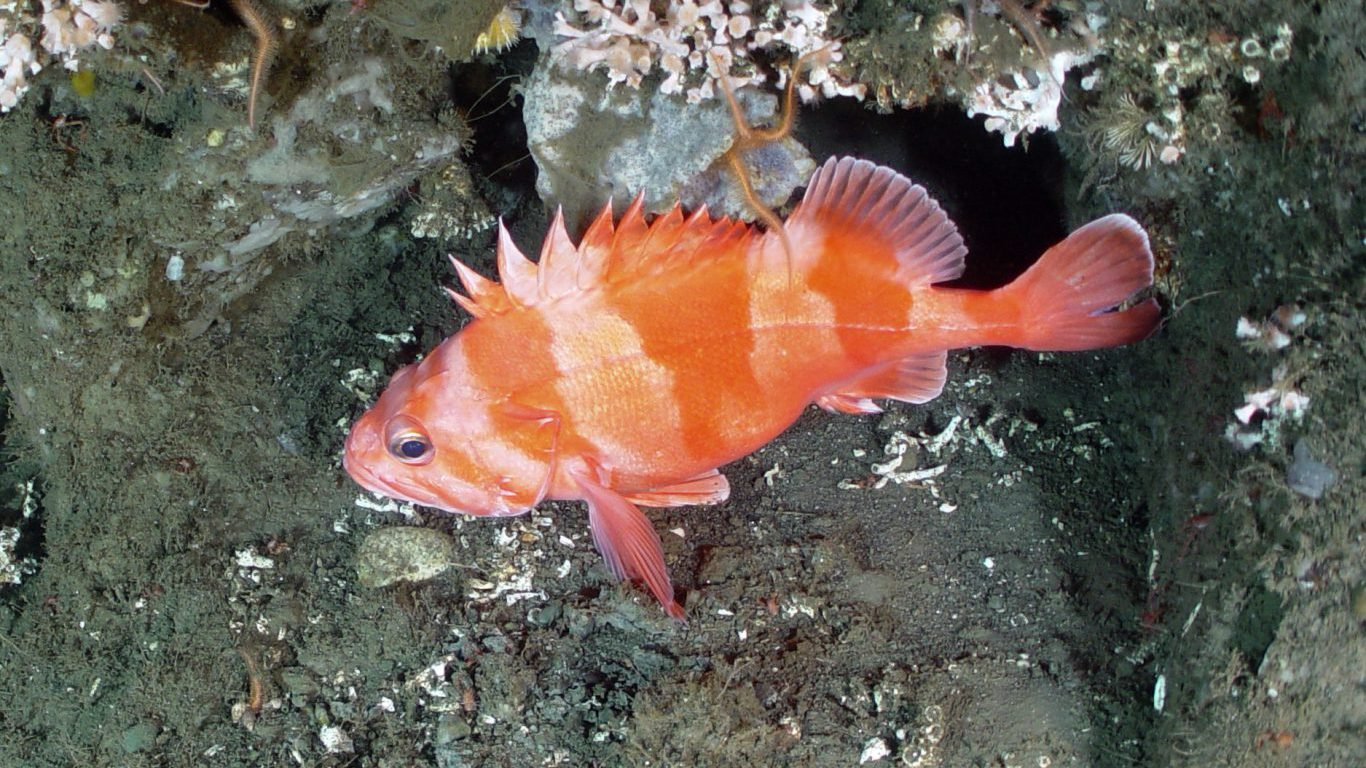
22. Redbanded rockfish
> Oldest recorded: 106 years
> Average adult weight: 5.4 lbs.
> Habitat: Northern Pacific Ocean
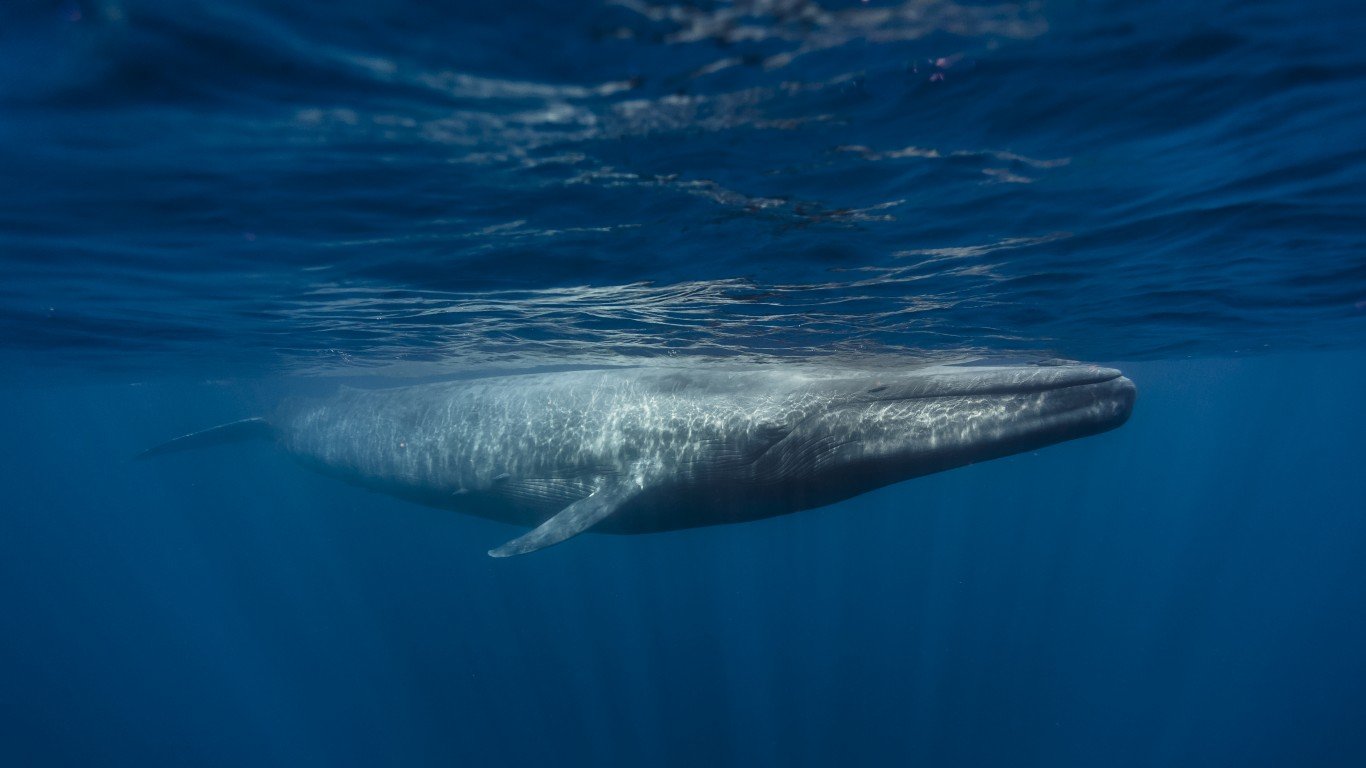
21. Blue whale
> Oldest recorded: 110 years
> Average adult weight: 299,828.7 lbs.
> Habitat: All Oceans except the Arctic
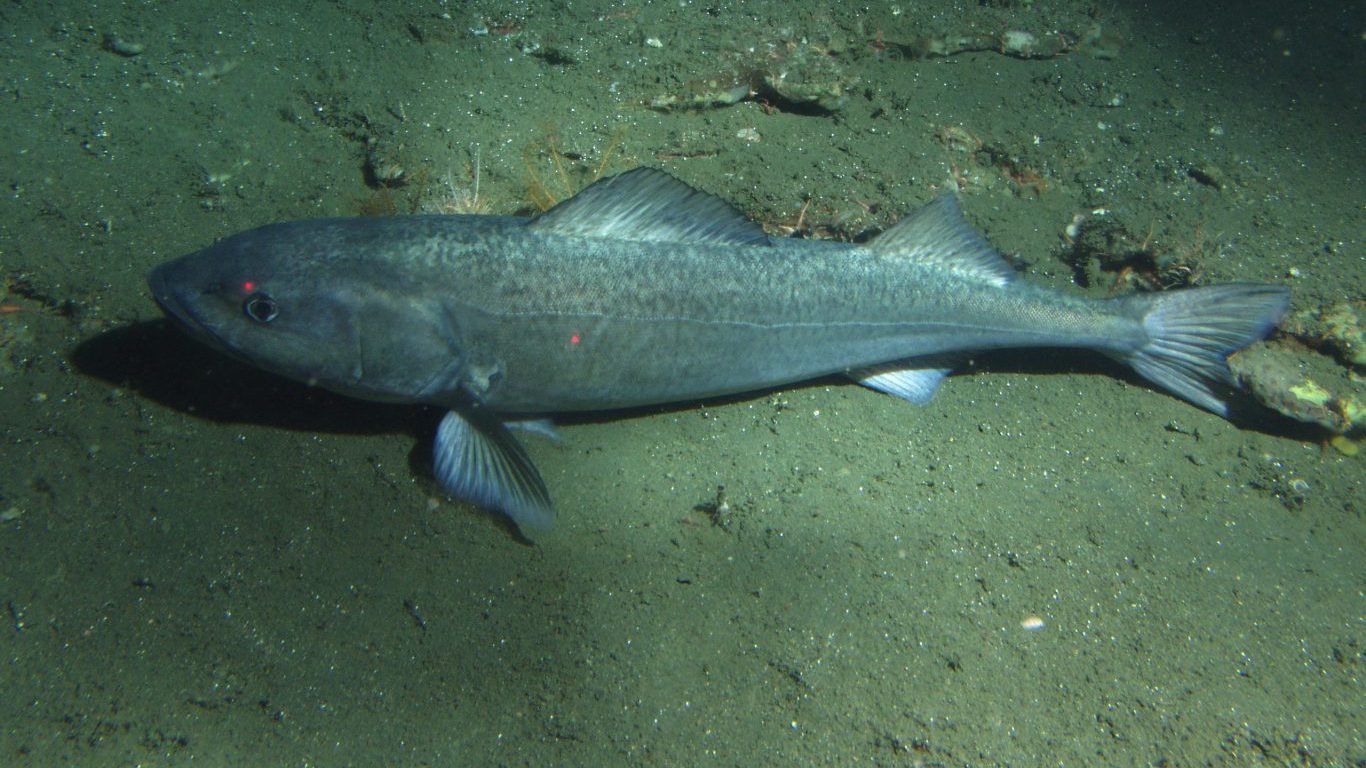
20. Sablefish
> Oldest recorded: 114 years
> Average adult weight: 69.1 lbs.
> Habitat: Northern Pacific Ocean
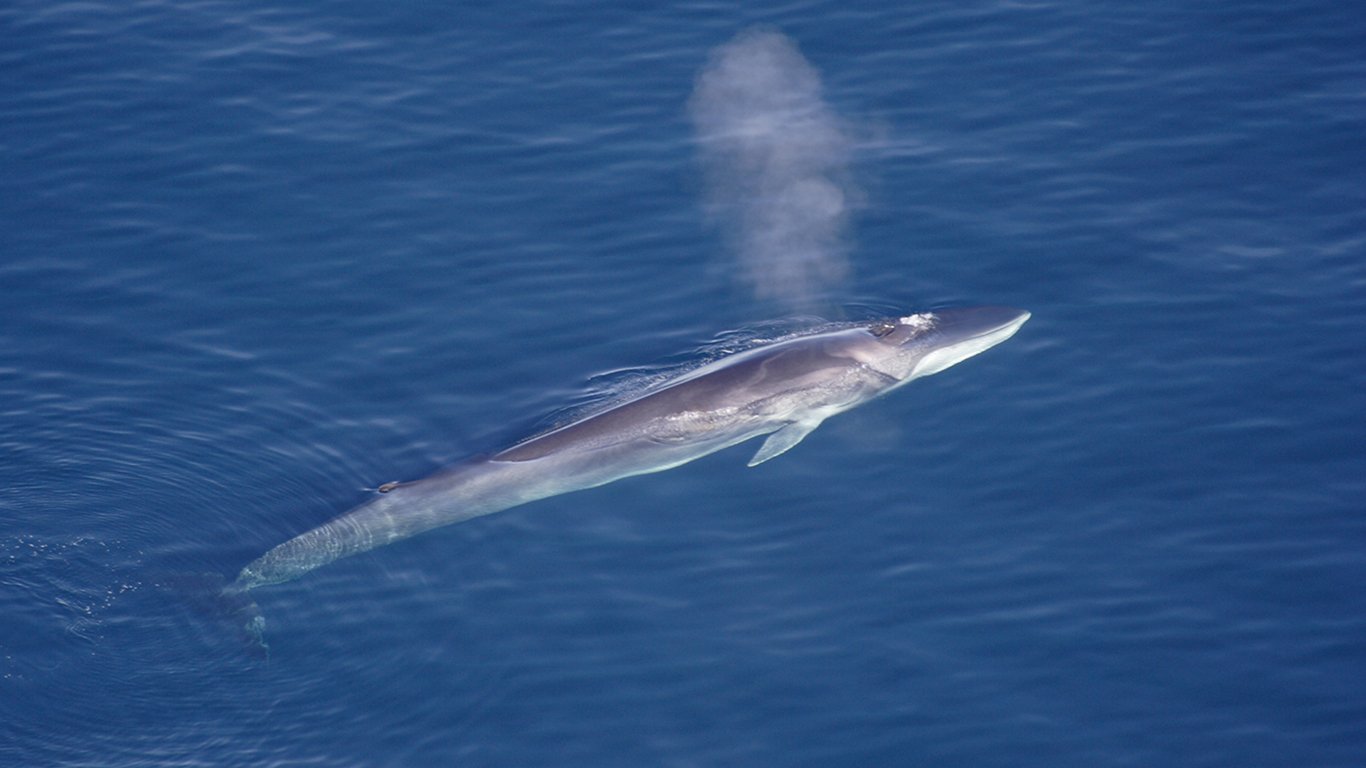
19. Fin whale
> Oldest recorded: 114 years
> Average adult weight: 154,323.6 lbs.
> Habitat: Northern Atlantic Ocean
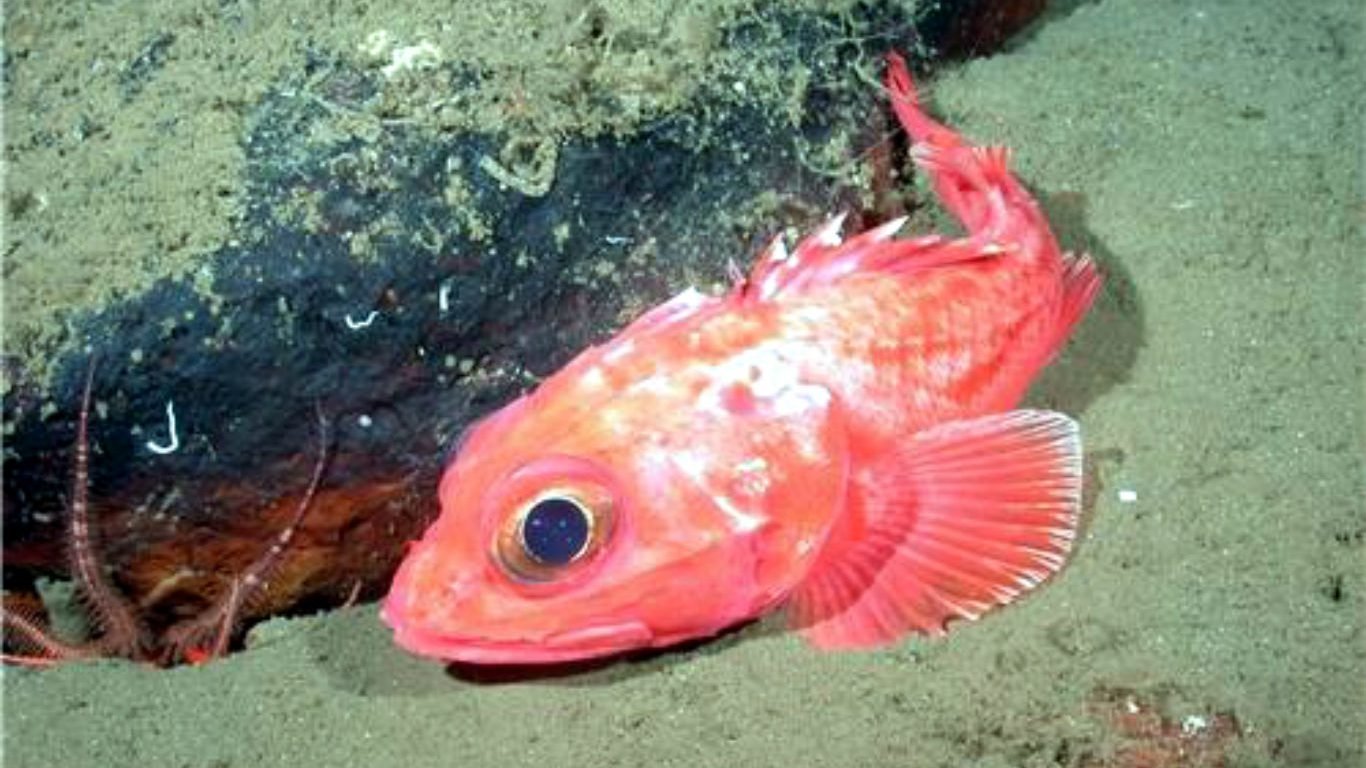
18. Shortspine thornyhead
> Oldest recorded: 115 years
> Average adult weight: 2.8 lbs.
> Habitat: Northern Pacific Ocean
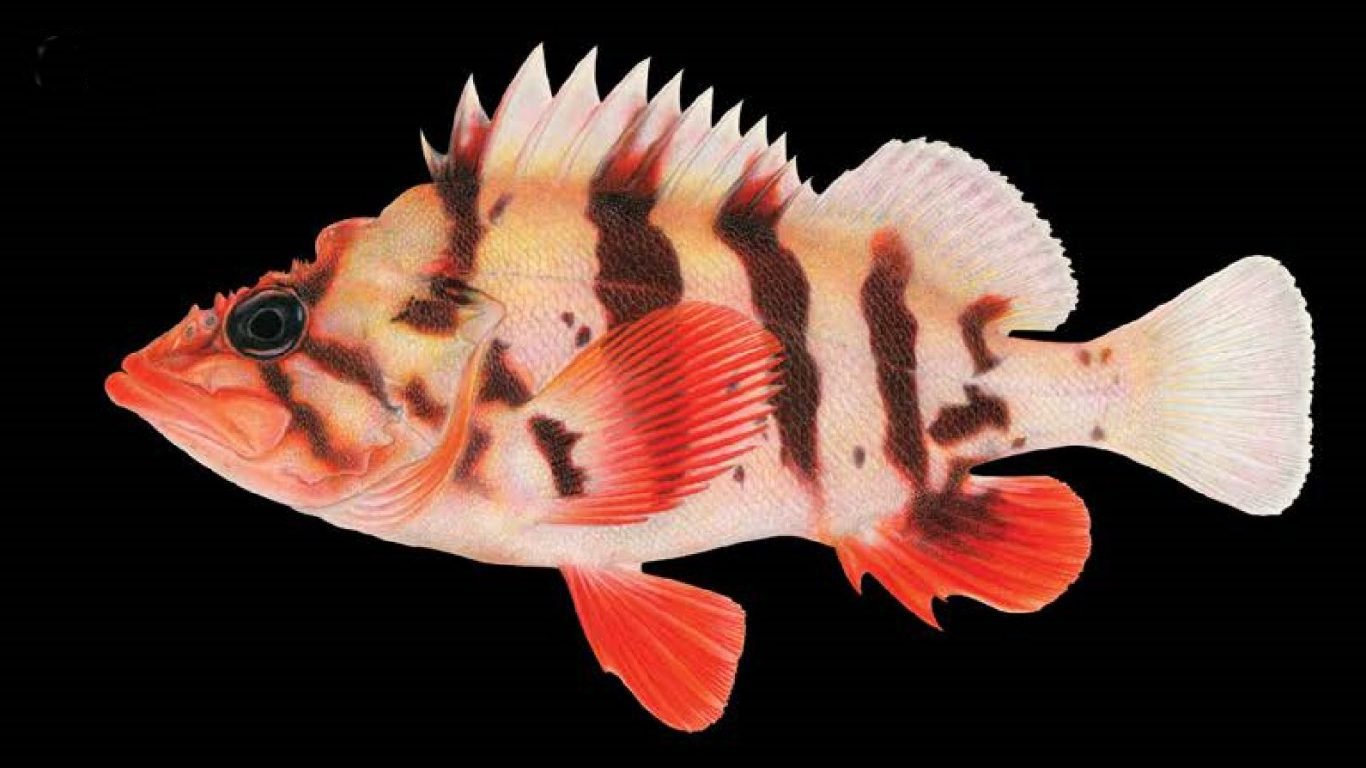
17. Tiger rockfish
> Oldest recorded: 116 years
> Average adult weight: 2.7 lbs.
> Habitat: Northern Pacific Ocean
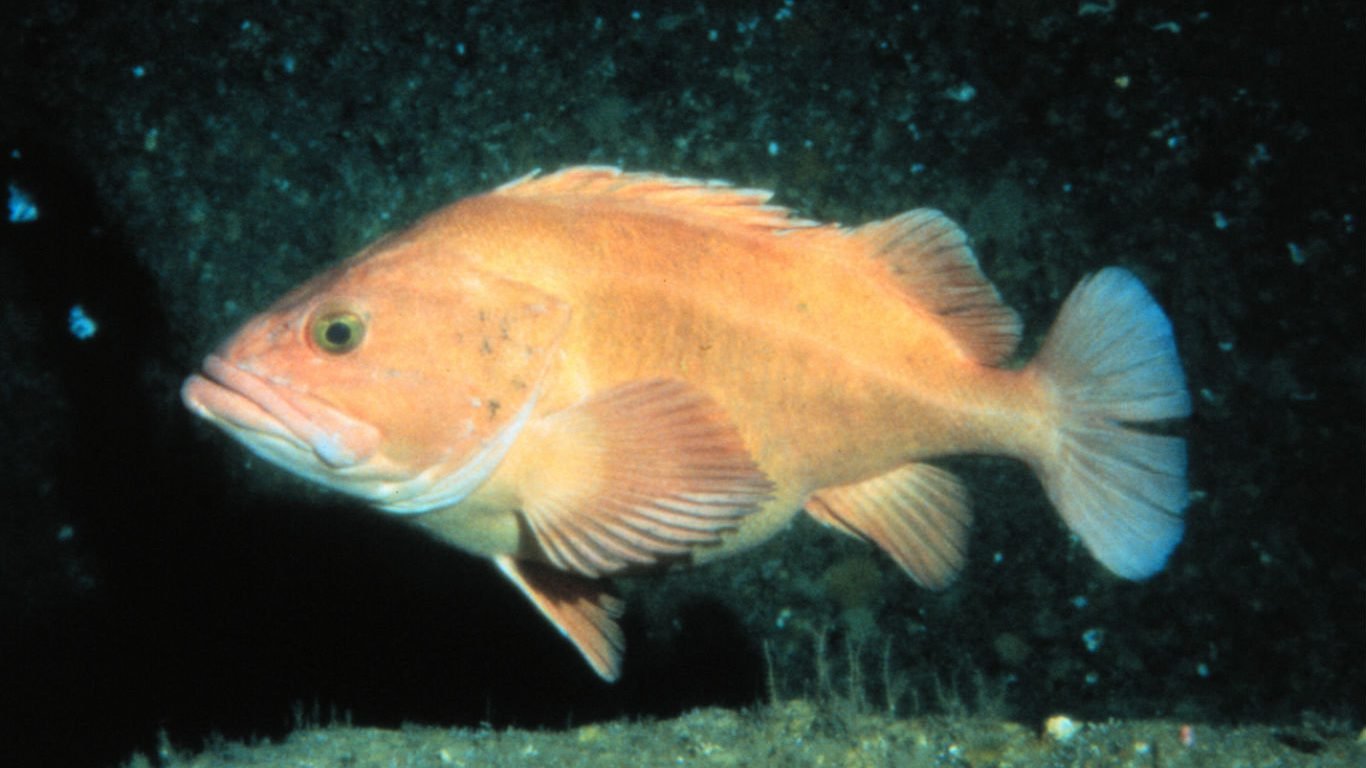
16. Rasphead rockfish
> Oldest recorded: 118 years
> Average adult weight: 21.6 lbs.
> Habitat: Northern Pacific Ocean
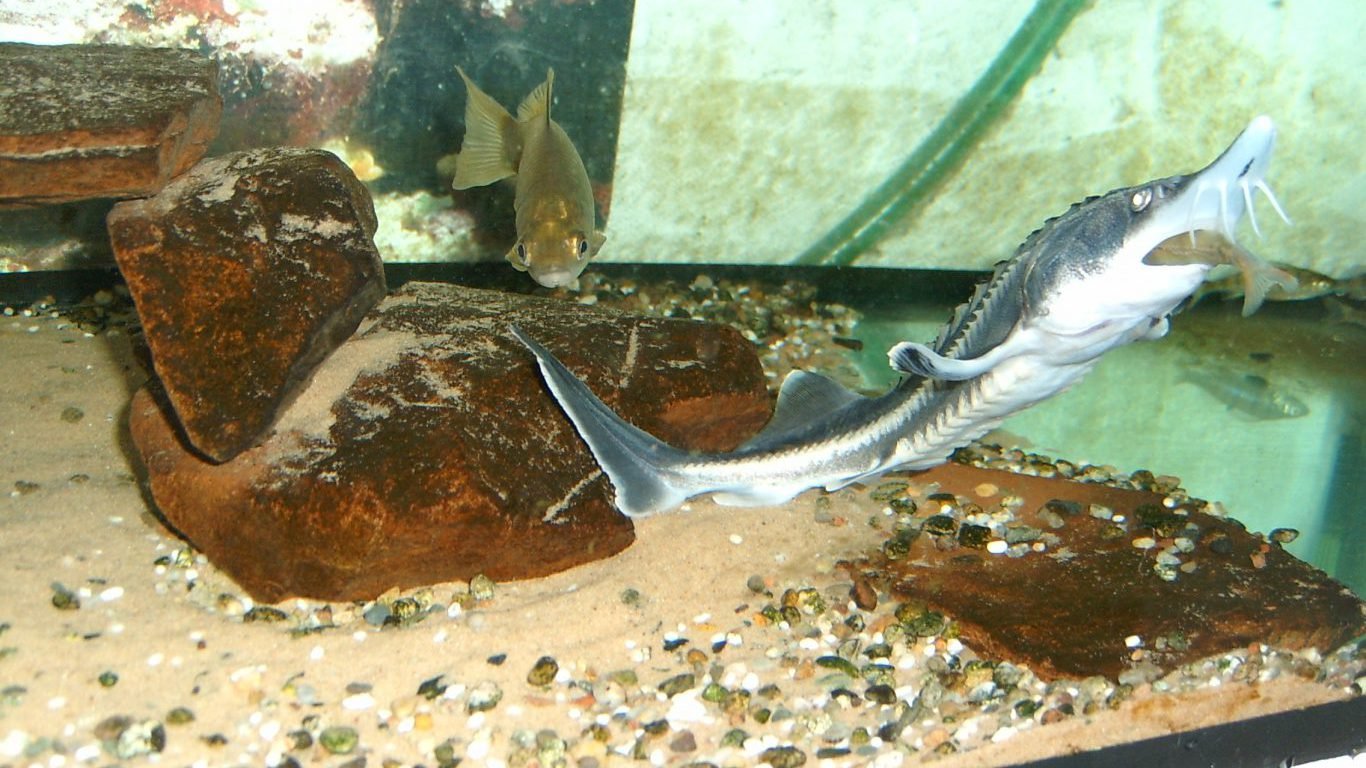
15. Beluga sturgeon
> Oldest recorded: 118 years
> Average adult weight: 2,512.4 lbs.
> Habitat: Black, Caspian, Azov and Adriatic Seas
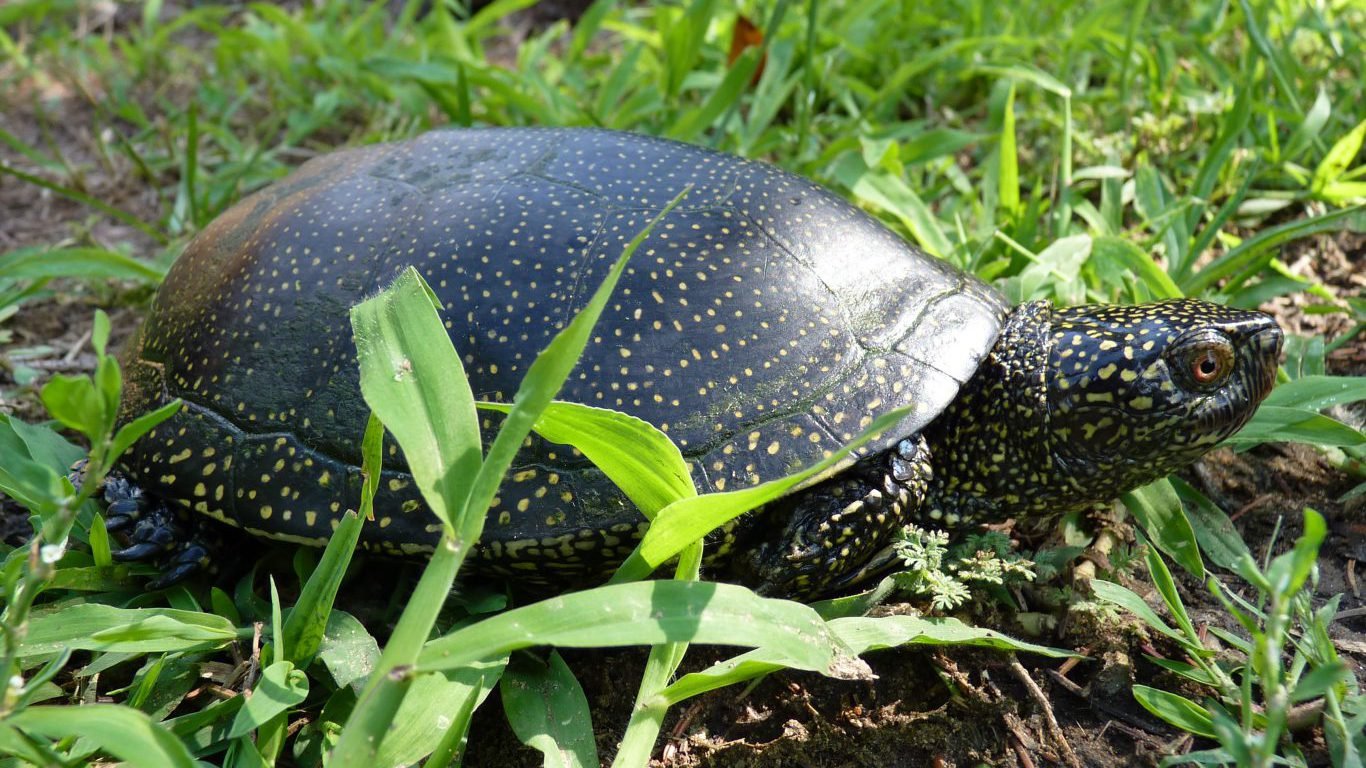
14. European pond turtle
> Oldest recorded: 120 years
> Average adult weight: 2.0 lbs.
> Habitat: Central Europe, Northwest Africa, Middle East
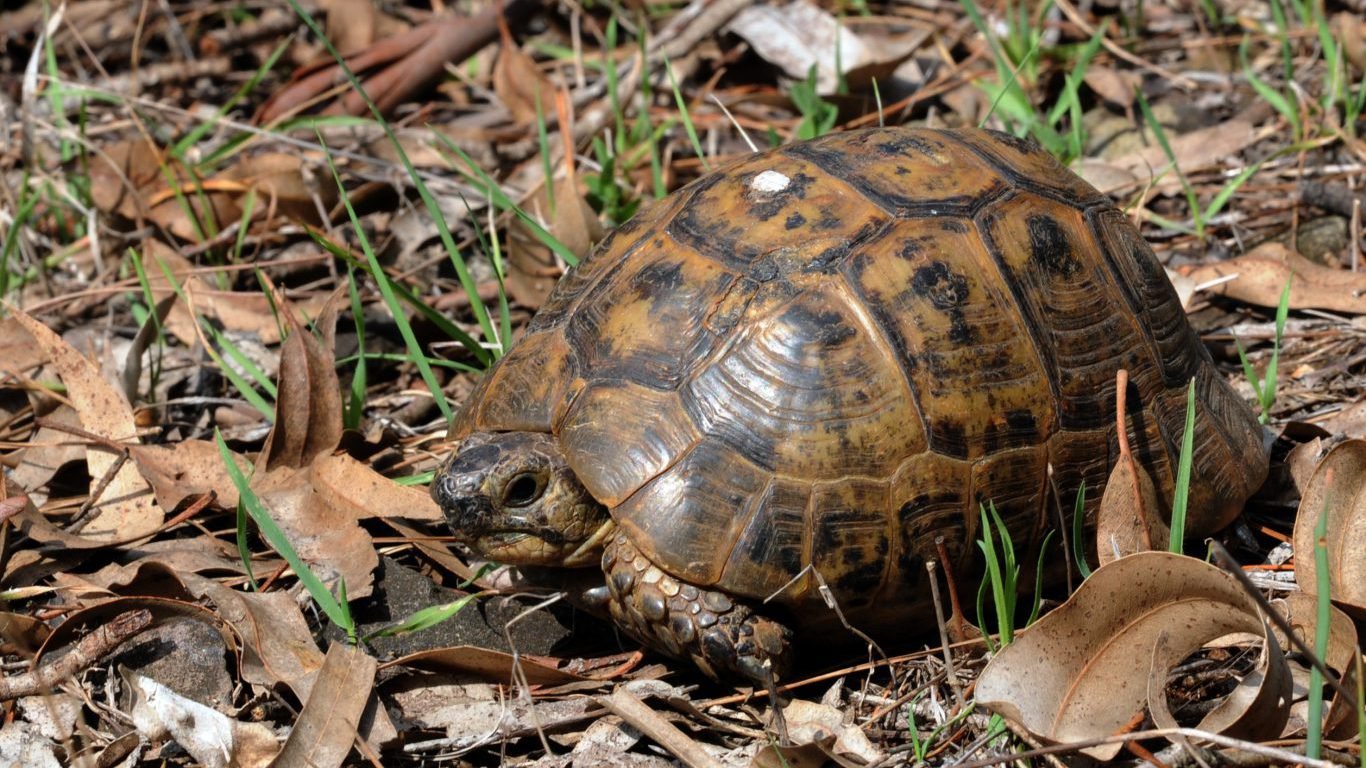
13. Mediterranean spur-thighed tortoise
> Oldest recorded: 127 years
> Average adult weight: 13.0 lbs.
> Habitat: North Africa, Southwest Asia, and Southern Europe
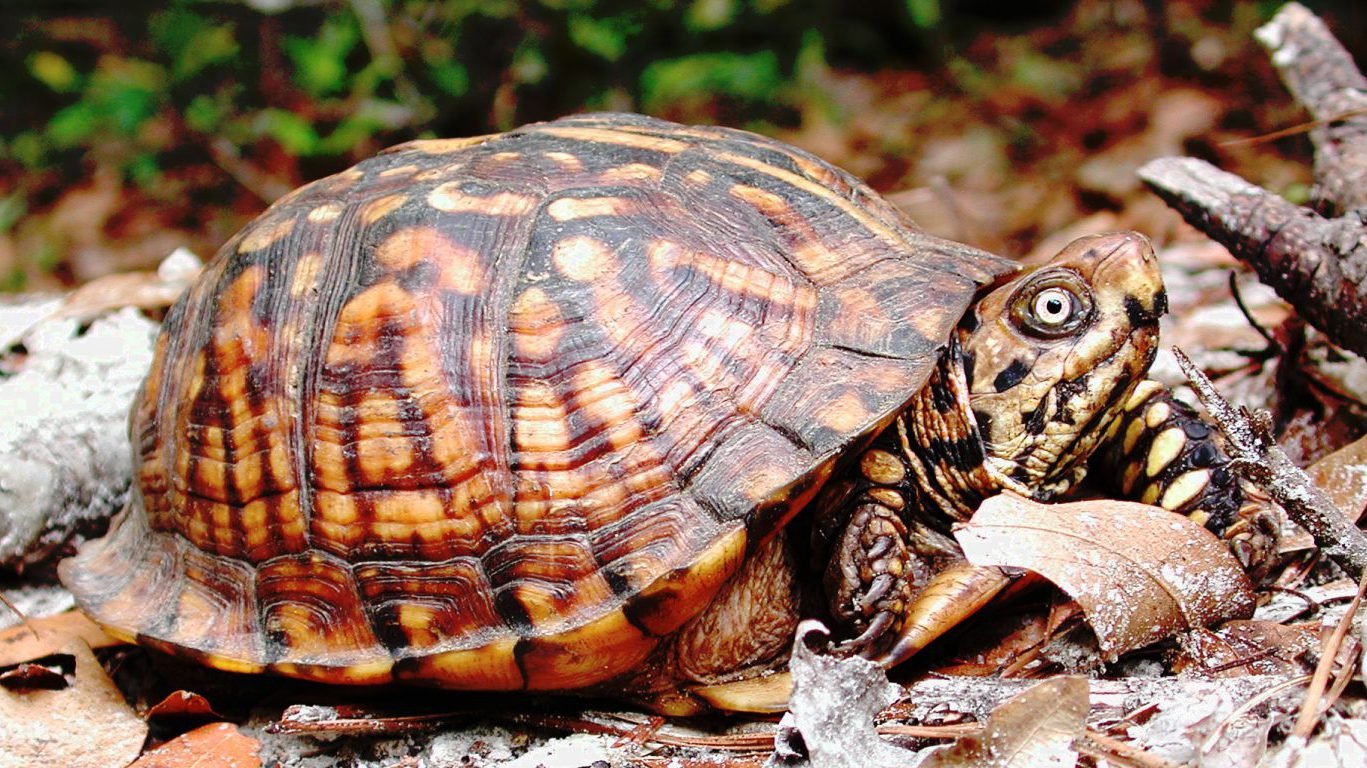
12. Eastern box turtle
> Oldest recorded: 138 years
> Average adult weight: 1.5 lbs.
> Habitat: North America and Gulf of Mexico
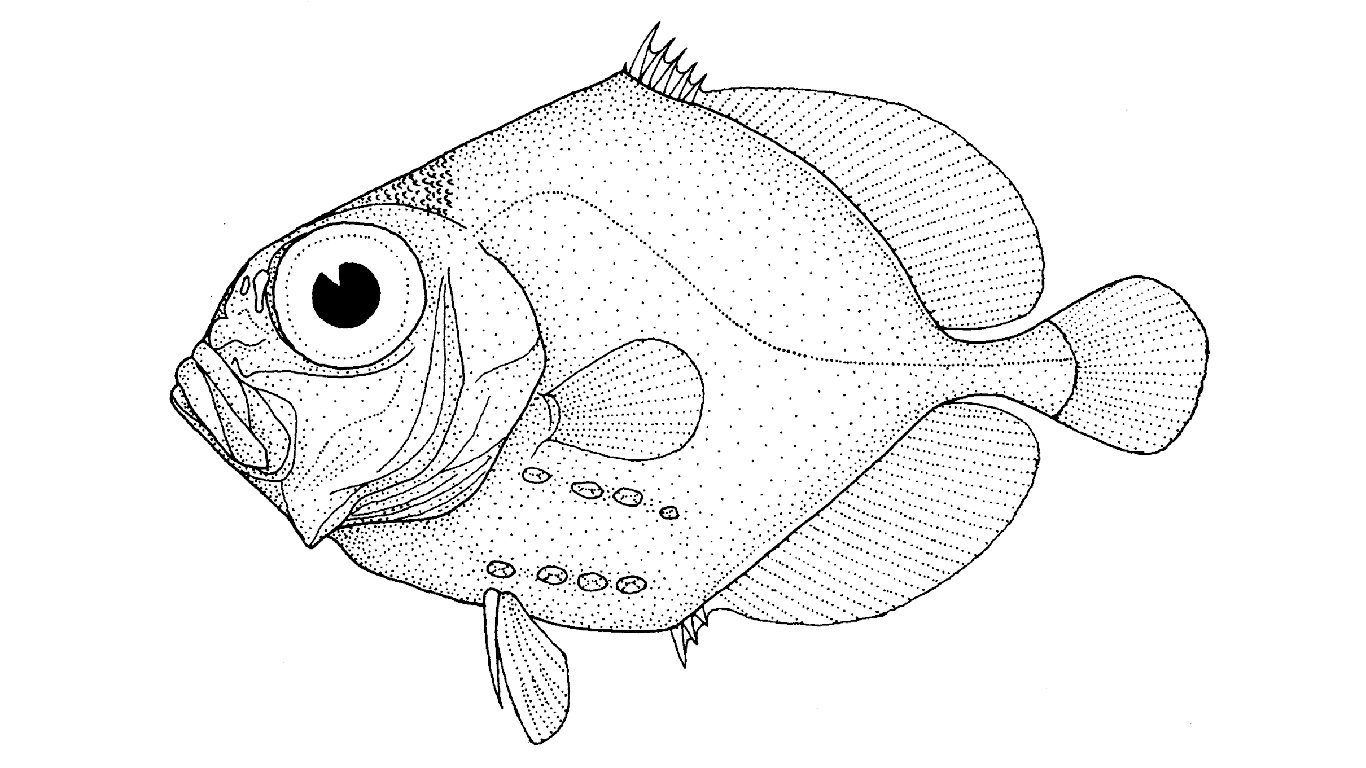
11. Warty oreo
> Oldest recorded: 140 years
> Average adult weight: 2.4 lbs.
> Habitat: Northern Pacific and Indian Ocean
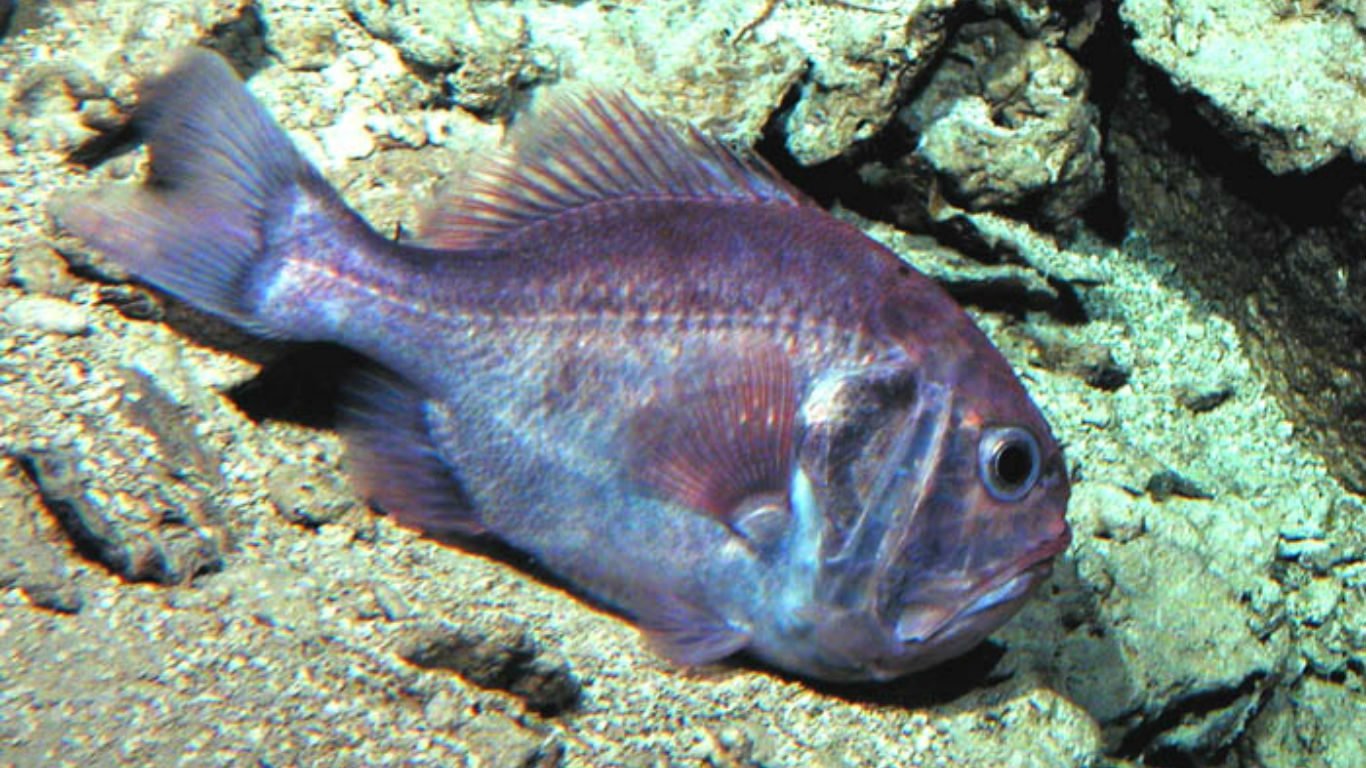
10. Orange roughy
> Oldest recorded: 149 years
> Average adult weight: 8.5 lbs.
> Habitat: Southern Coast of Australia
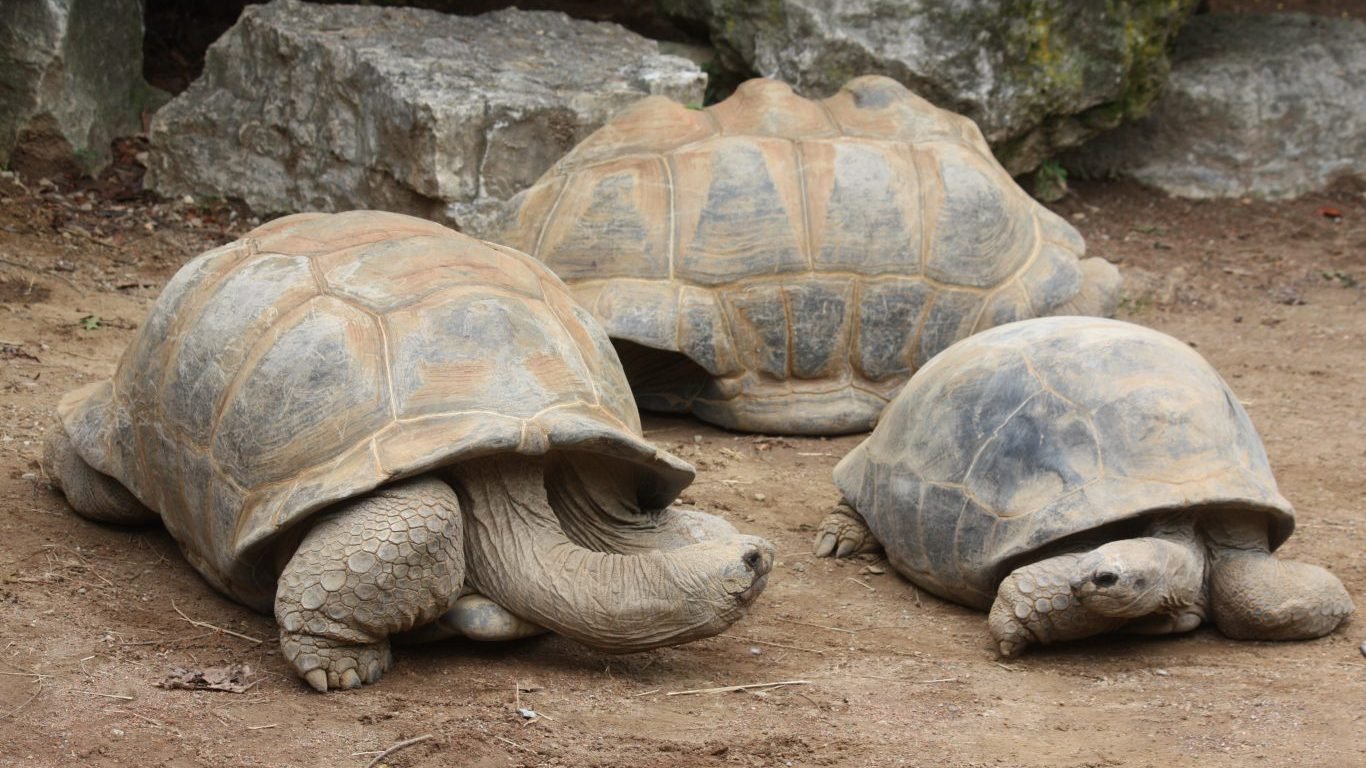
9. Aldabra tortoise
> Oldest recorded: 152 years
> Average adult weight: 550.0 lbs.
> Habitat: Indian Ocean
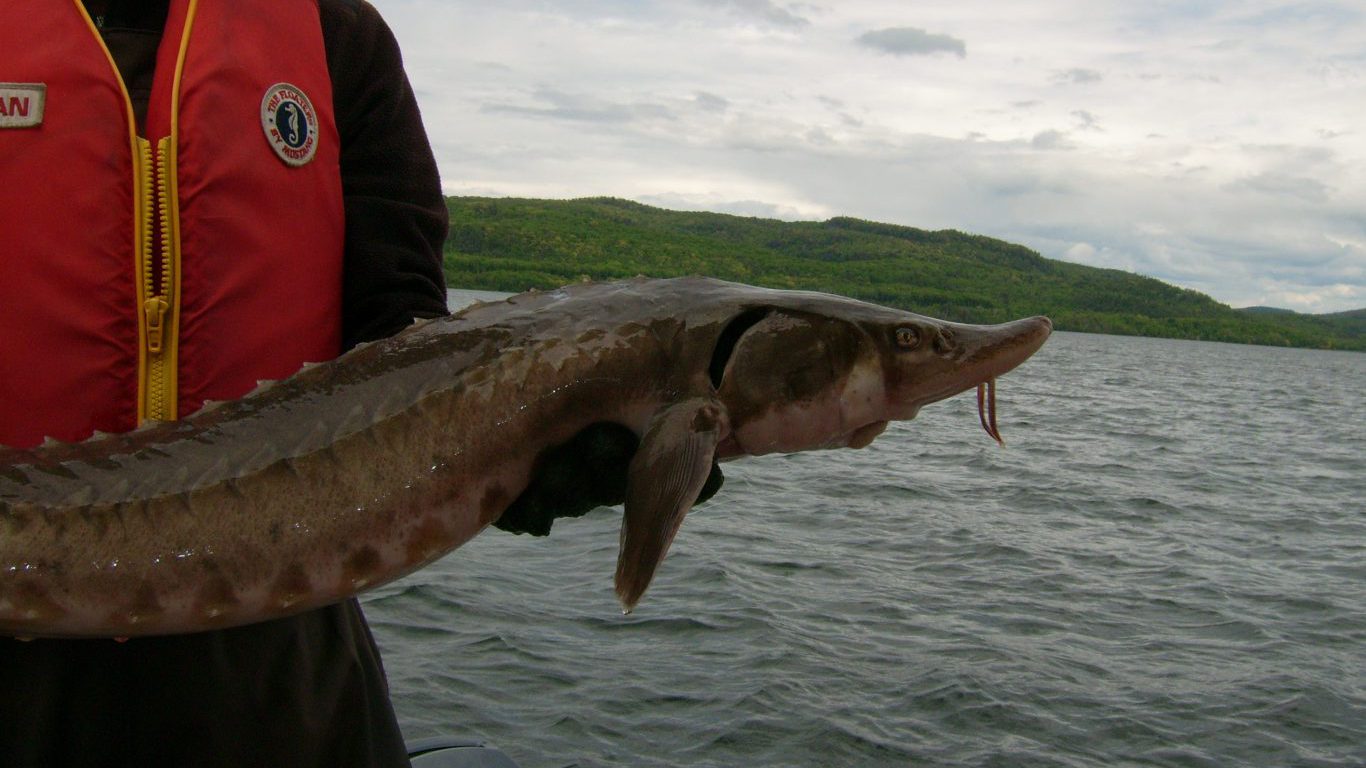
8. Lake sturgeon
> Oldest recorded: 152 years
> Average adult weight: 154.3 lbs.
> Habitat: Great Lake Basin
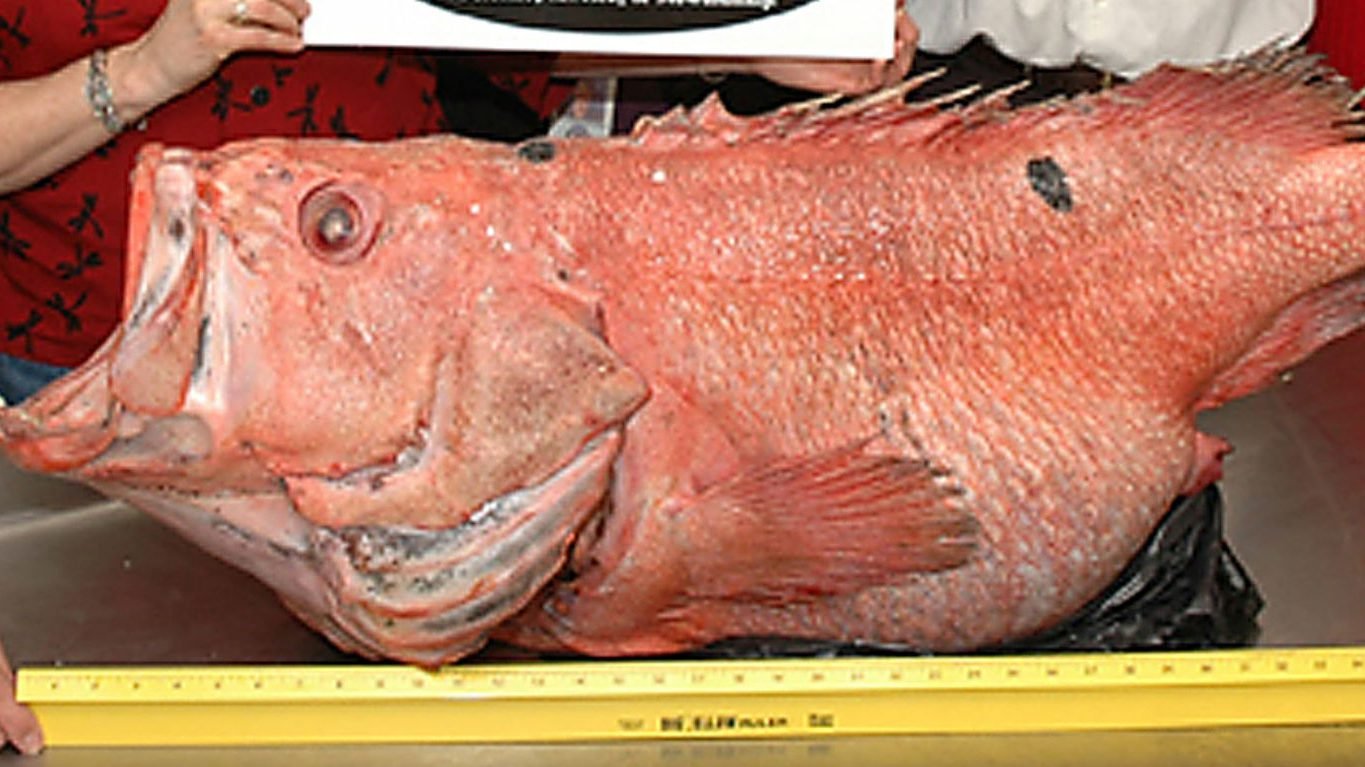
7. Shortraker rockfish
> Oldest recorded: 157 years
> Average adult weight: 19.6 lbs.
> Habitat: Northern Pacific Ocean
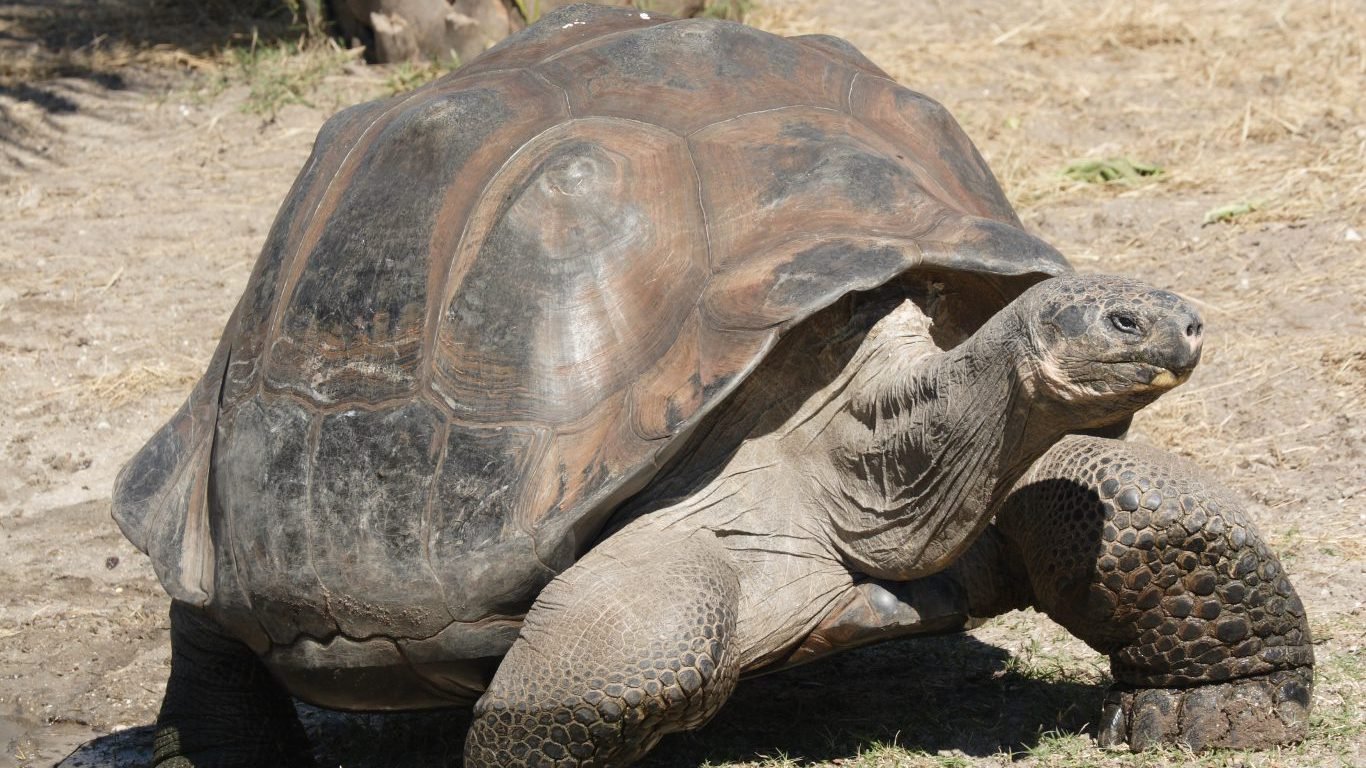
6. Galapagos tortoise
> Oldest recorded: 177 years
> Average adult weight: 500.0 lbs.
> Habitat: Southern Pacific Ocean
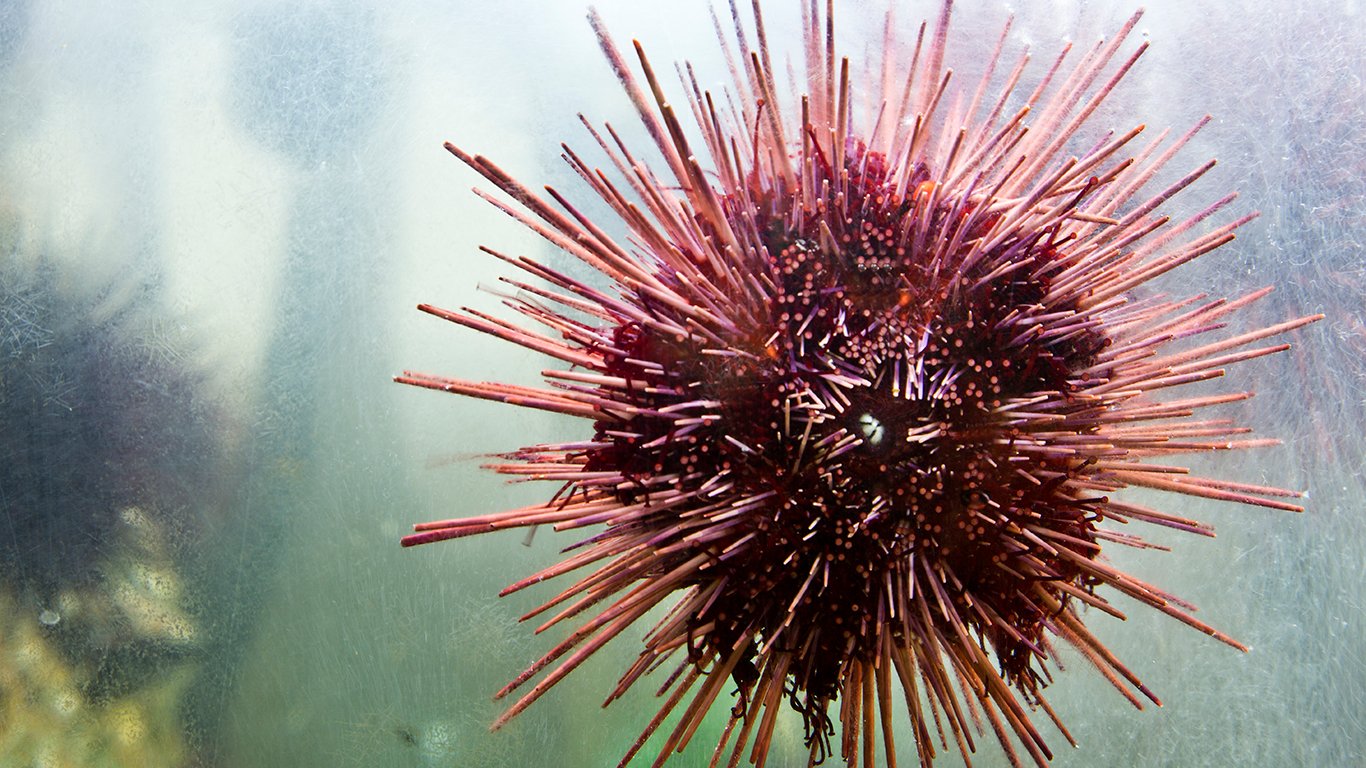
5. Red sea urchin
> Oldest recorded: 200 years
> Average adult weight: 1.0 lbs.
> Habitat: Northern Pacific Ocean
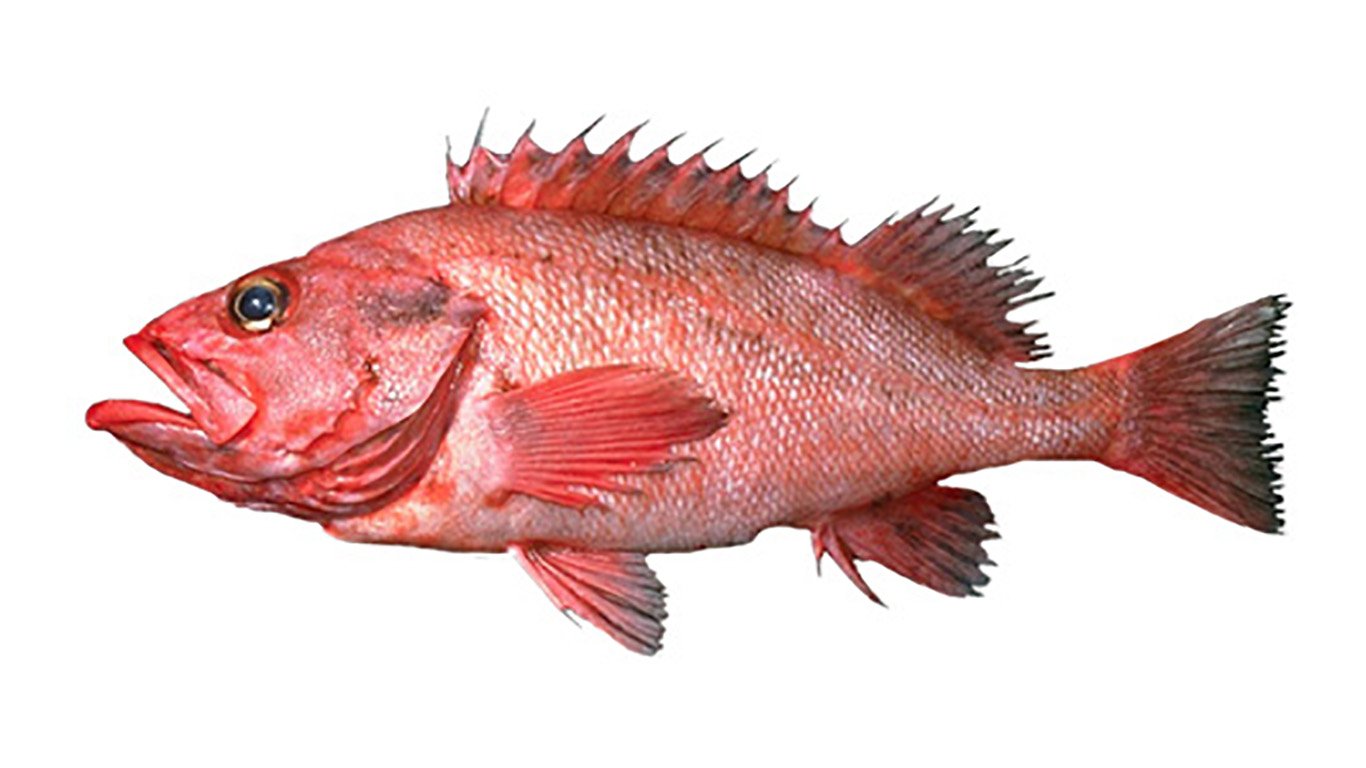
4. Rougheye rockfish
> Oldest recorded: 205 years
> Average adult weight: 1.1 lbs.
> Habitat: Northern Pacific Ocean
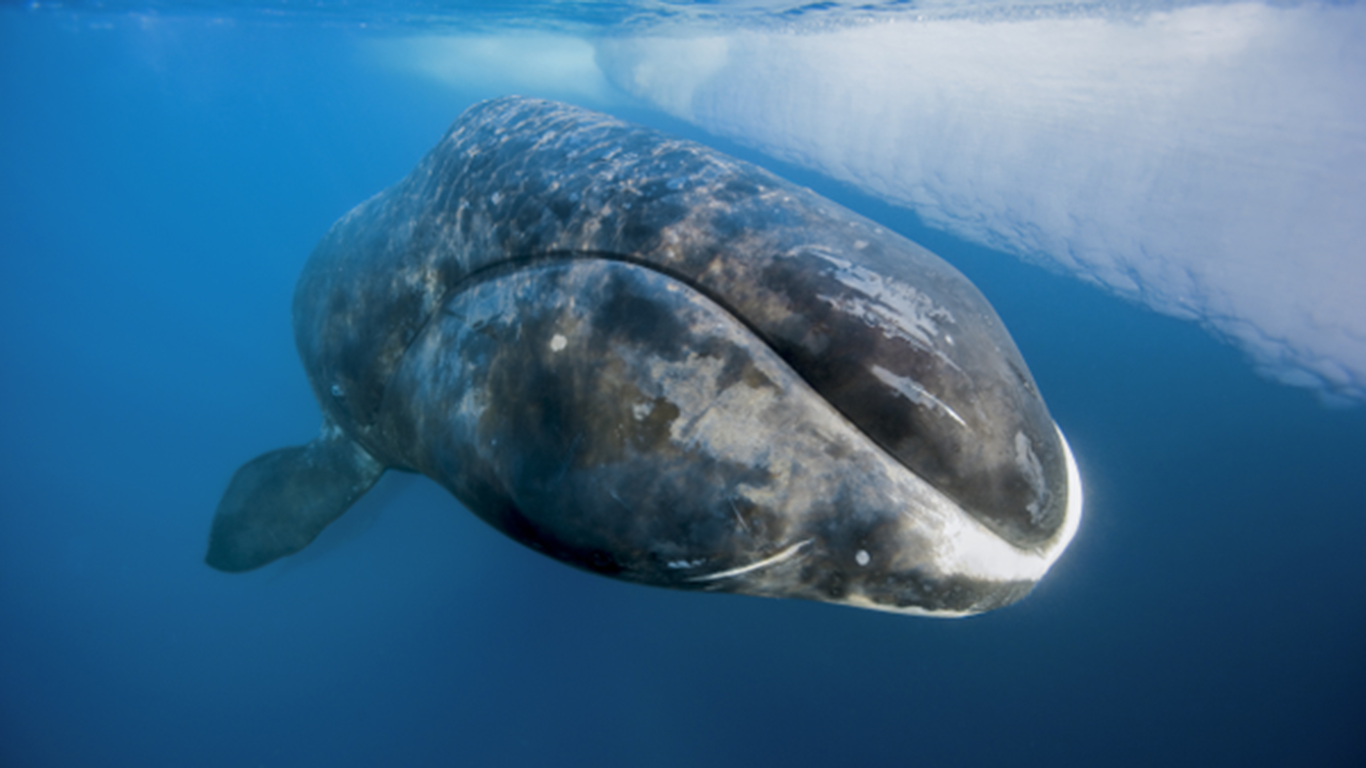
3. Bowhead whale
> Oldest recorded: 211 years
> Average adult weight: 220,462.3 lbs.
> Habitat: Arctic Ocean
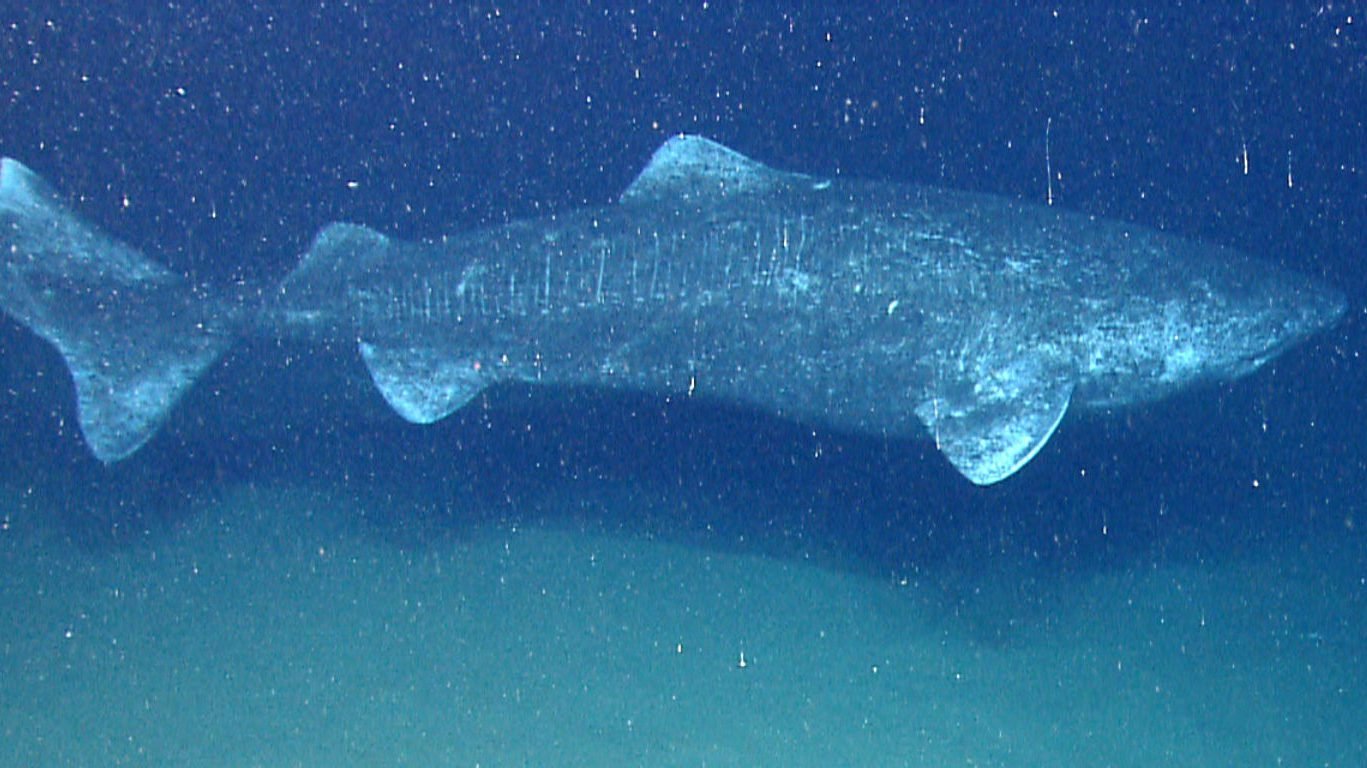
2. Greenland shark
> Oldest recorded: 392 years
> Average adult weight: 2,260.0 lbs.
> Habitat: Arctic Ocean
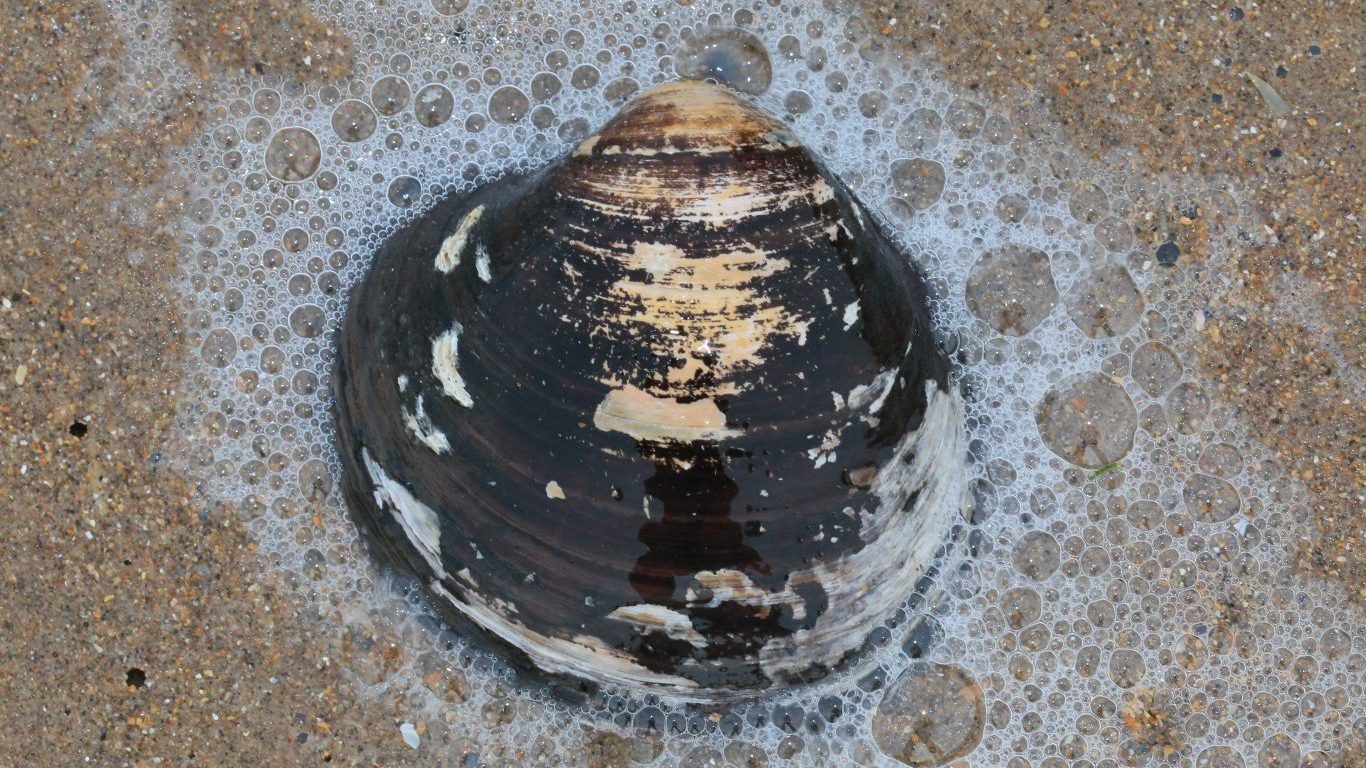
1. Ocean quahog clam
> Oldest recorded: 507 years
> Average adult weight: 0.5 lbs.
> Habitat: Northern Atlantic Ocean
